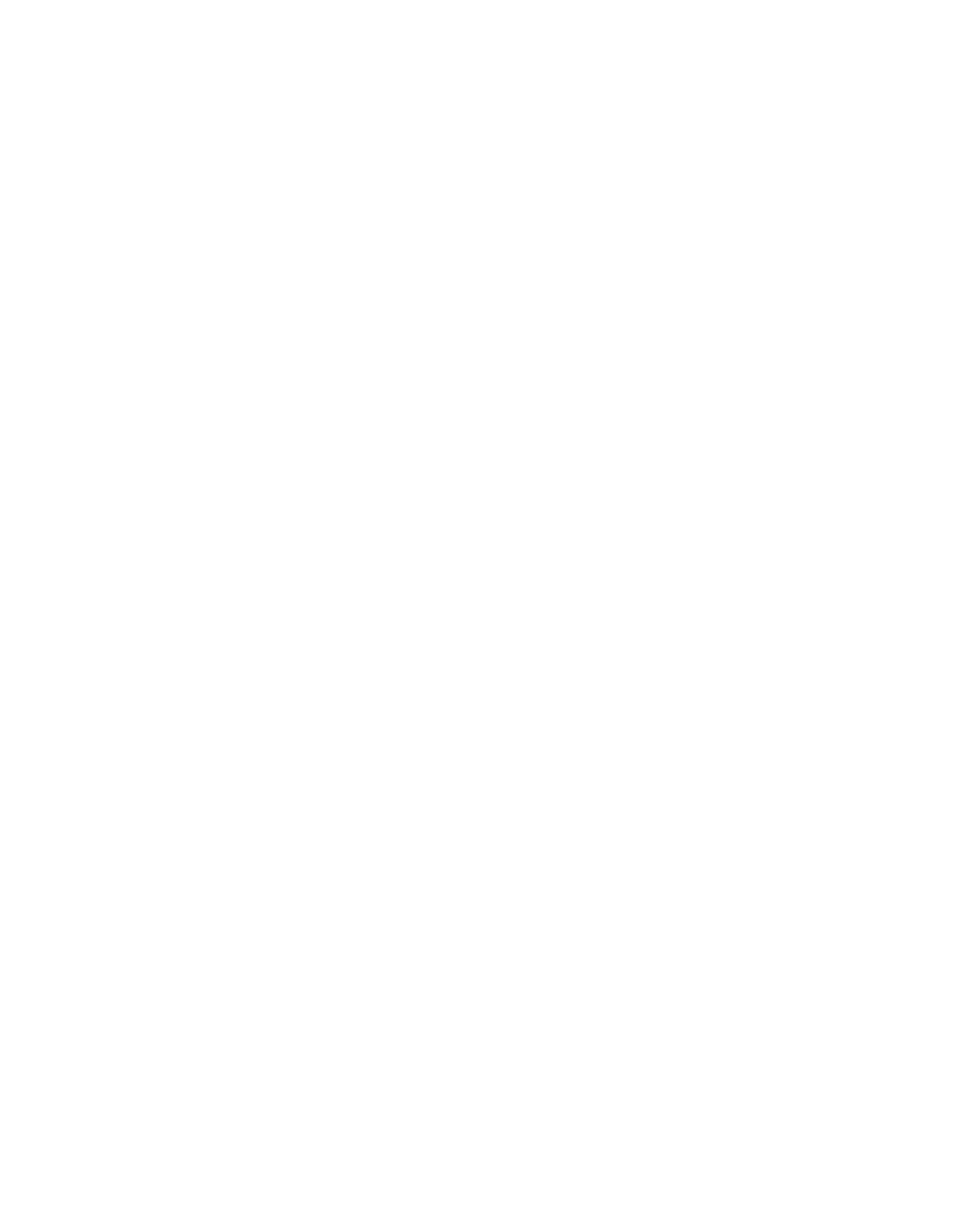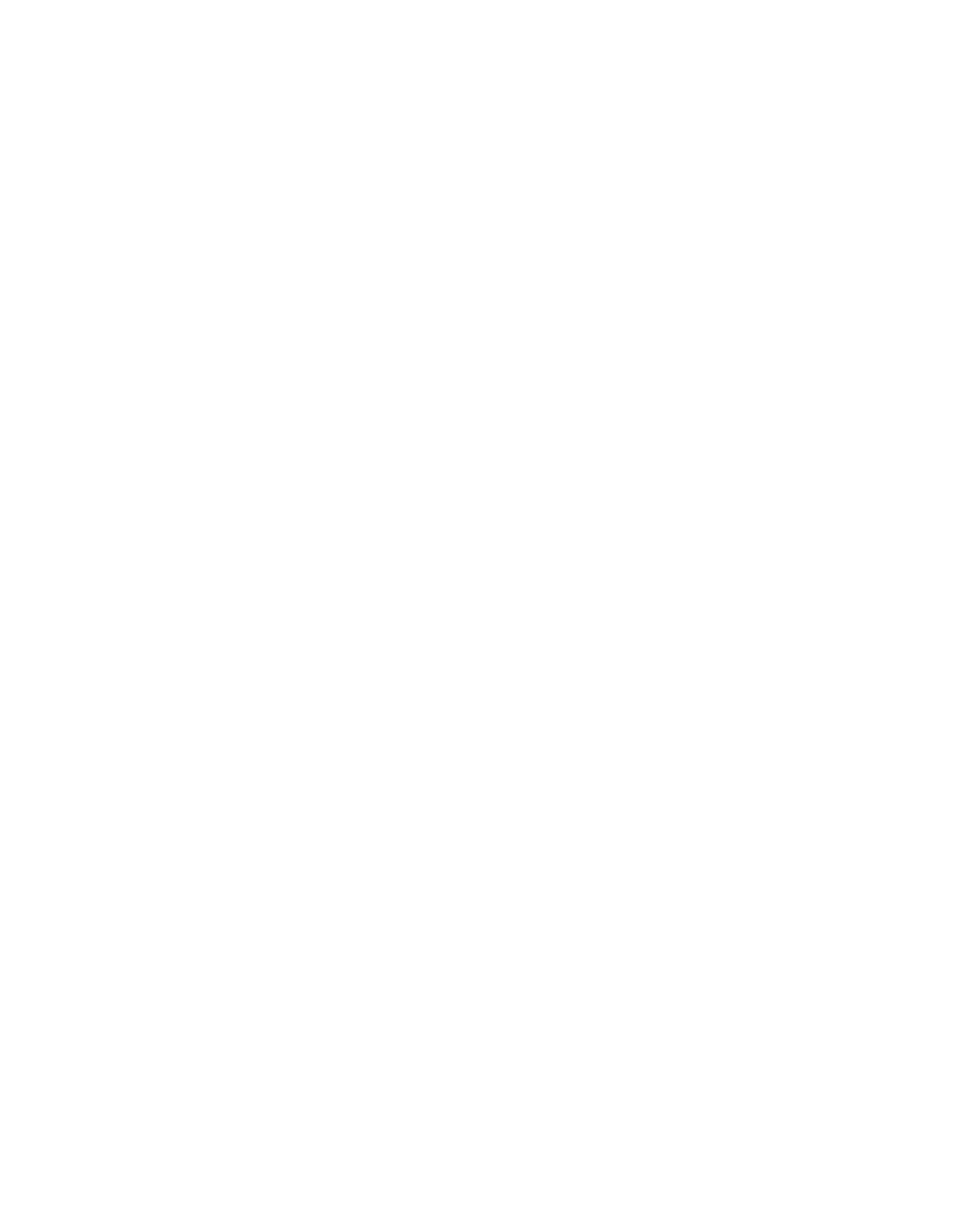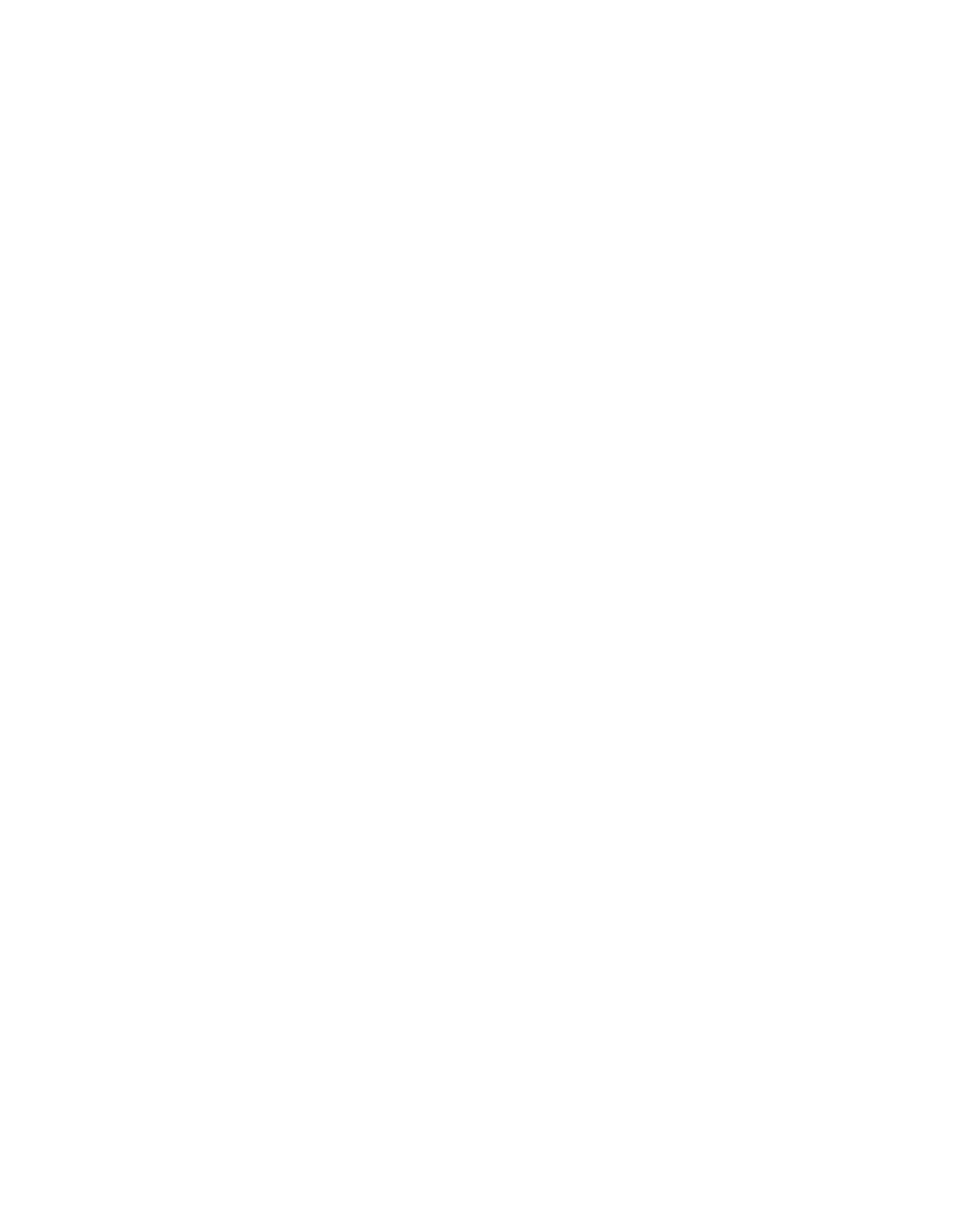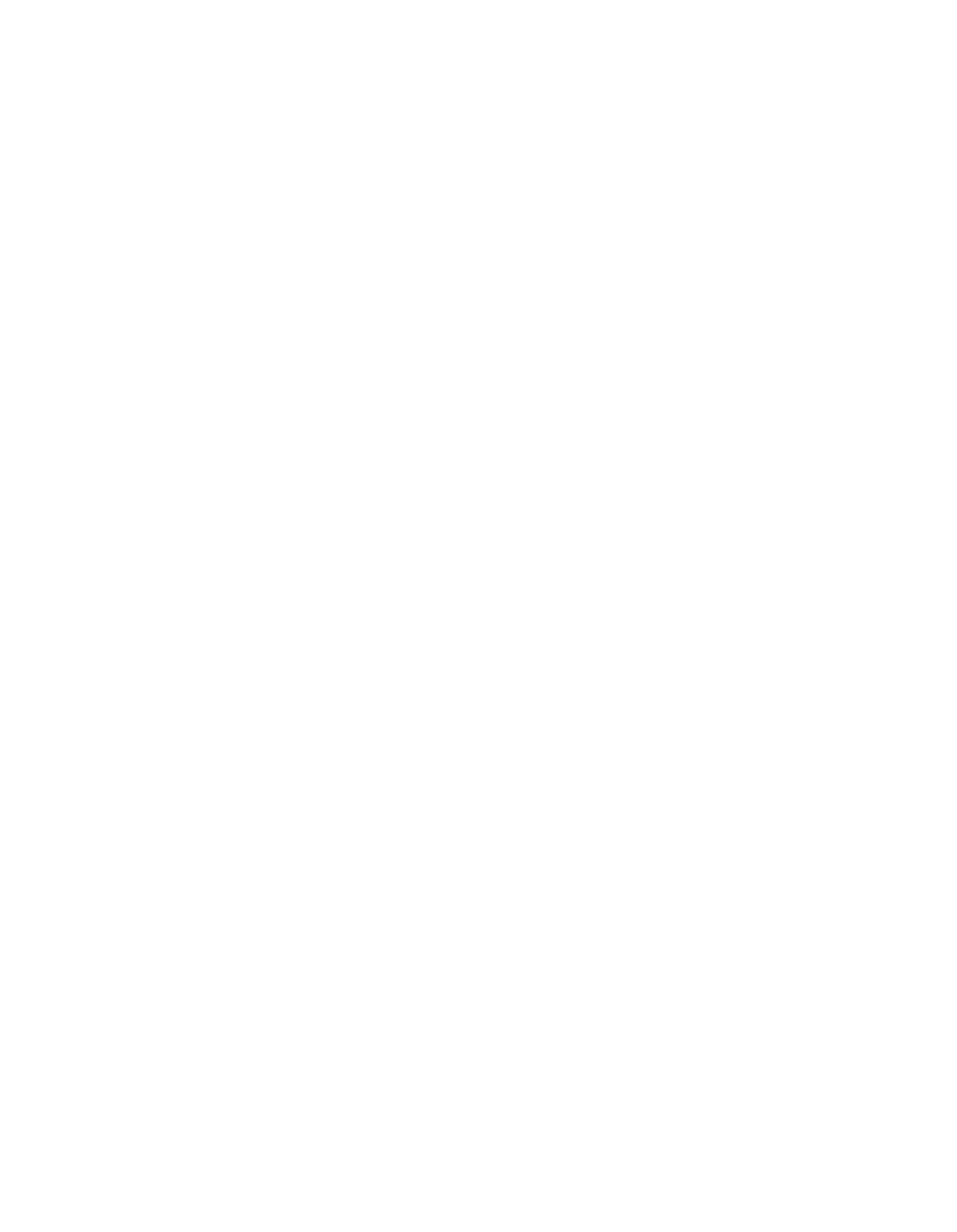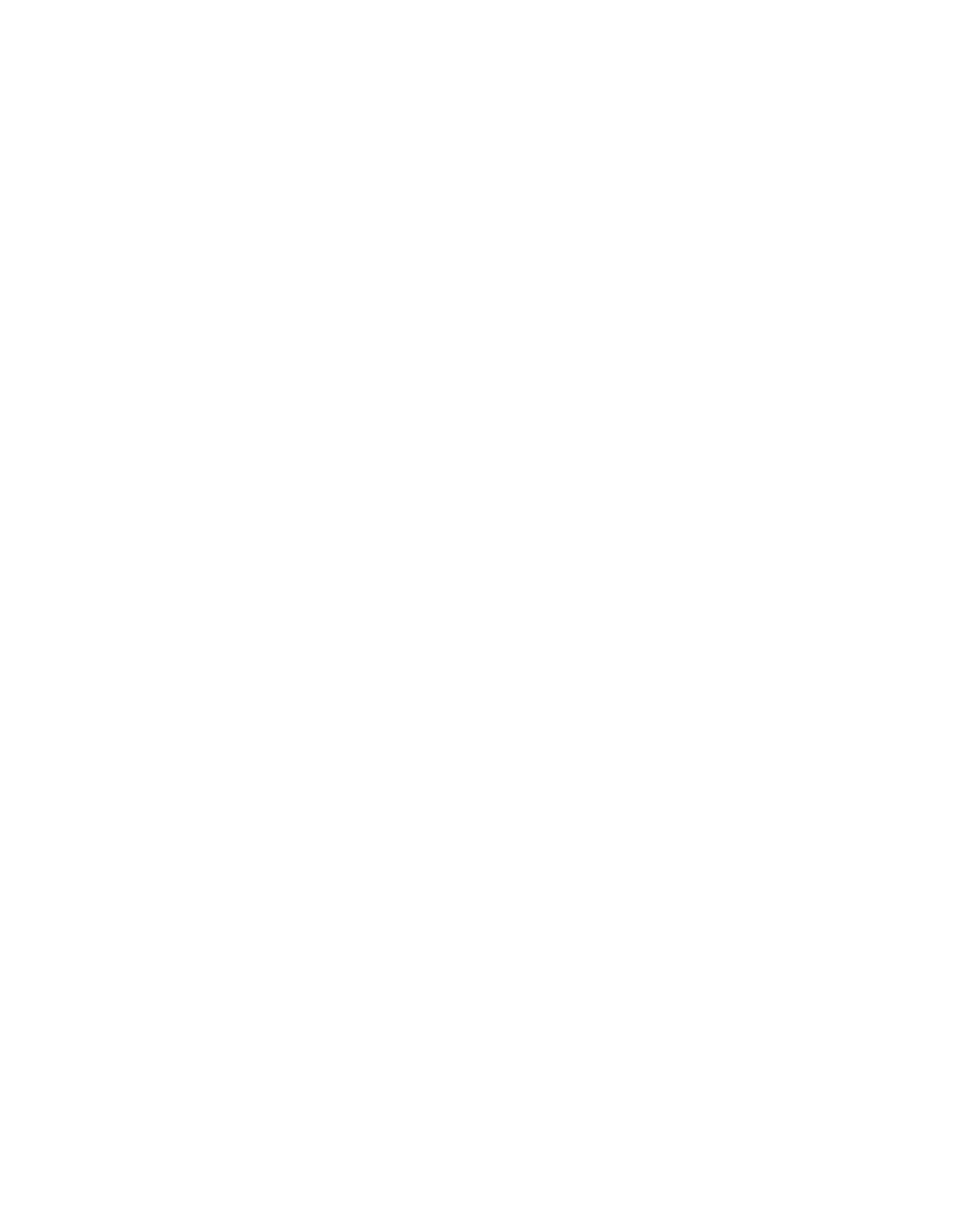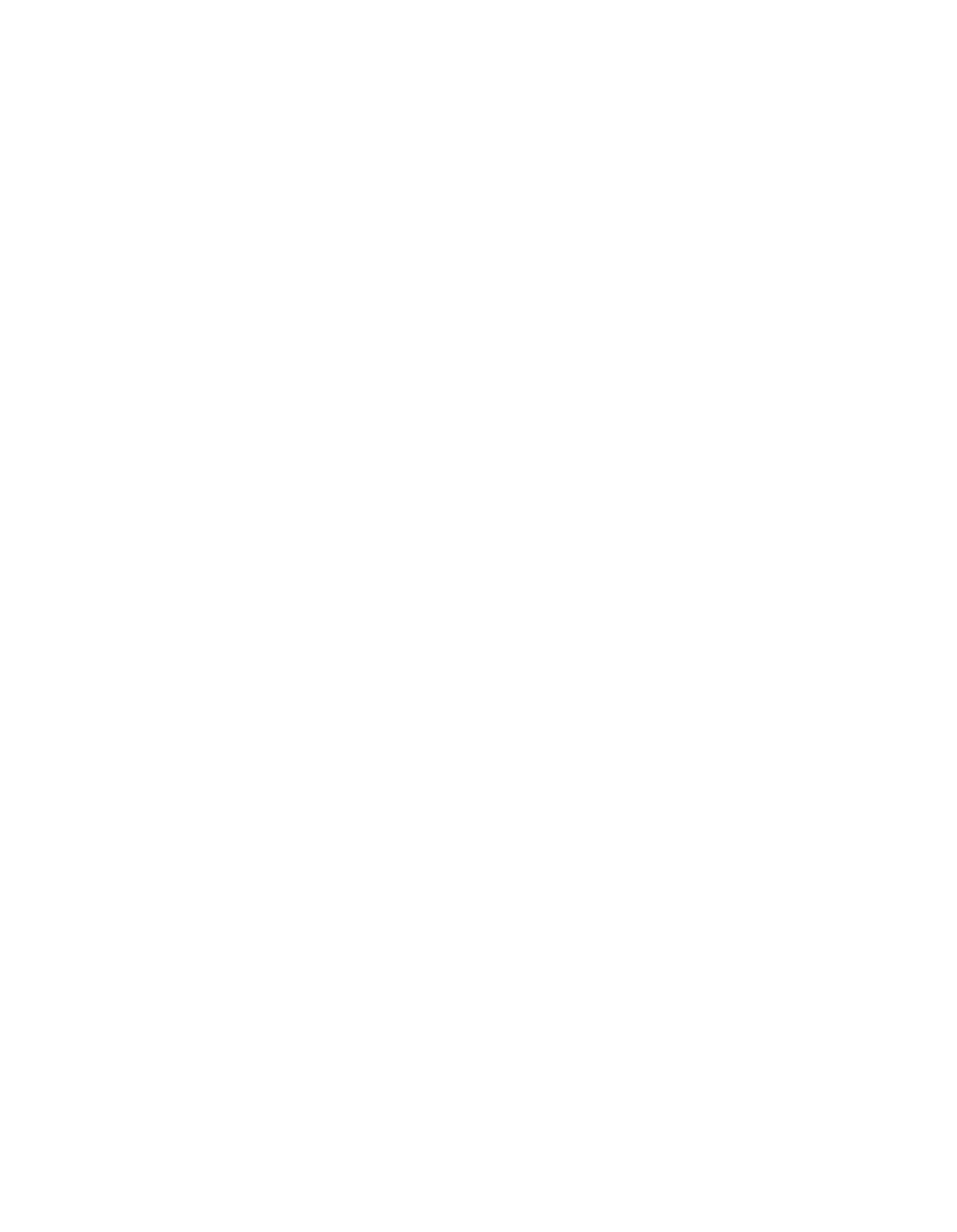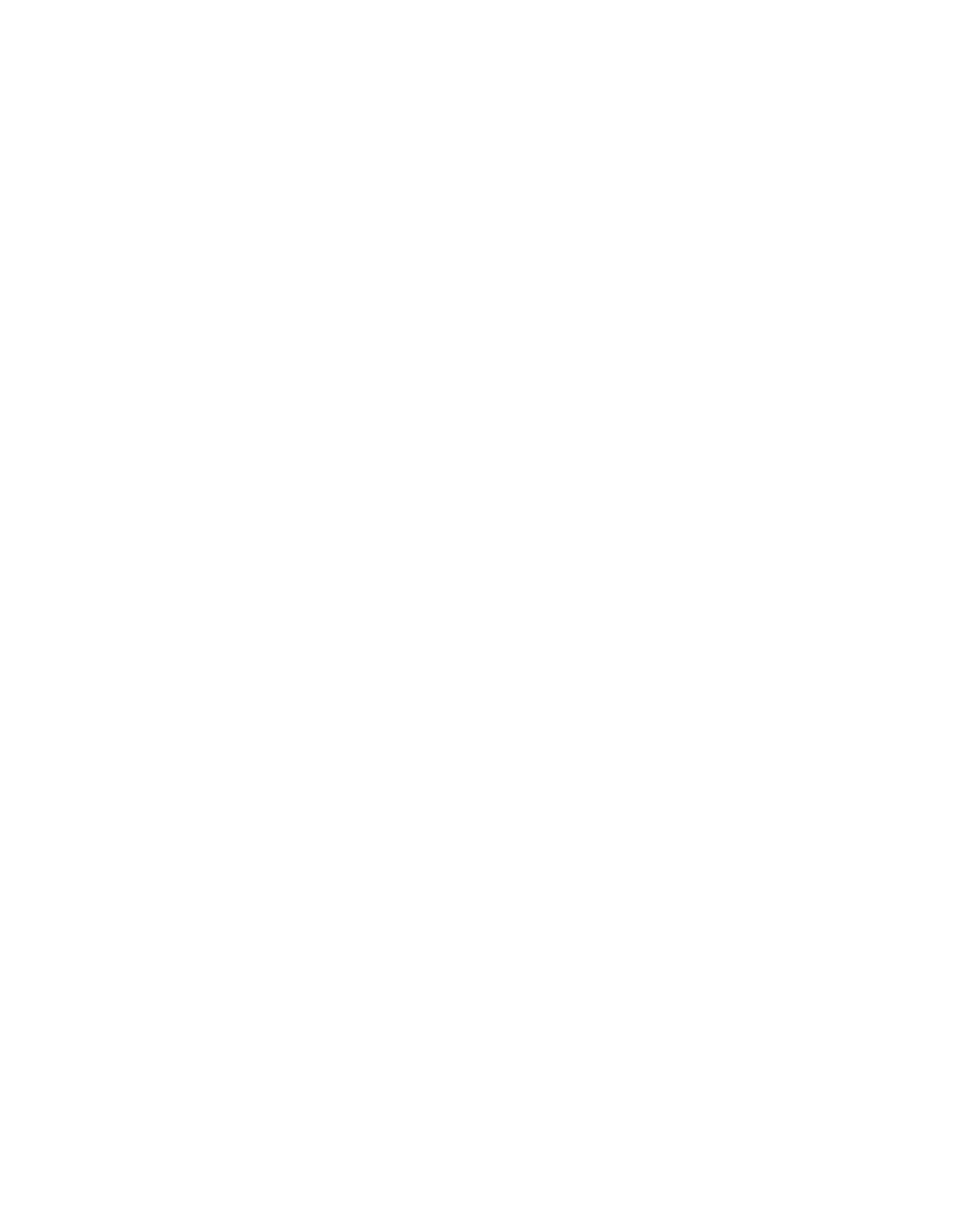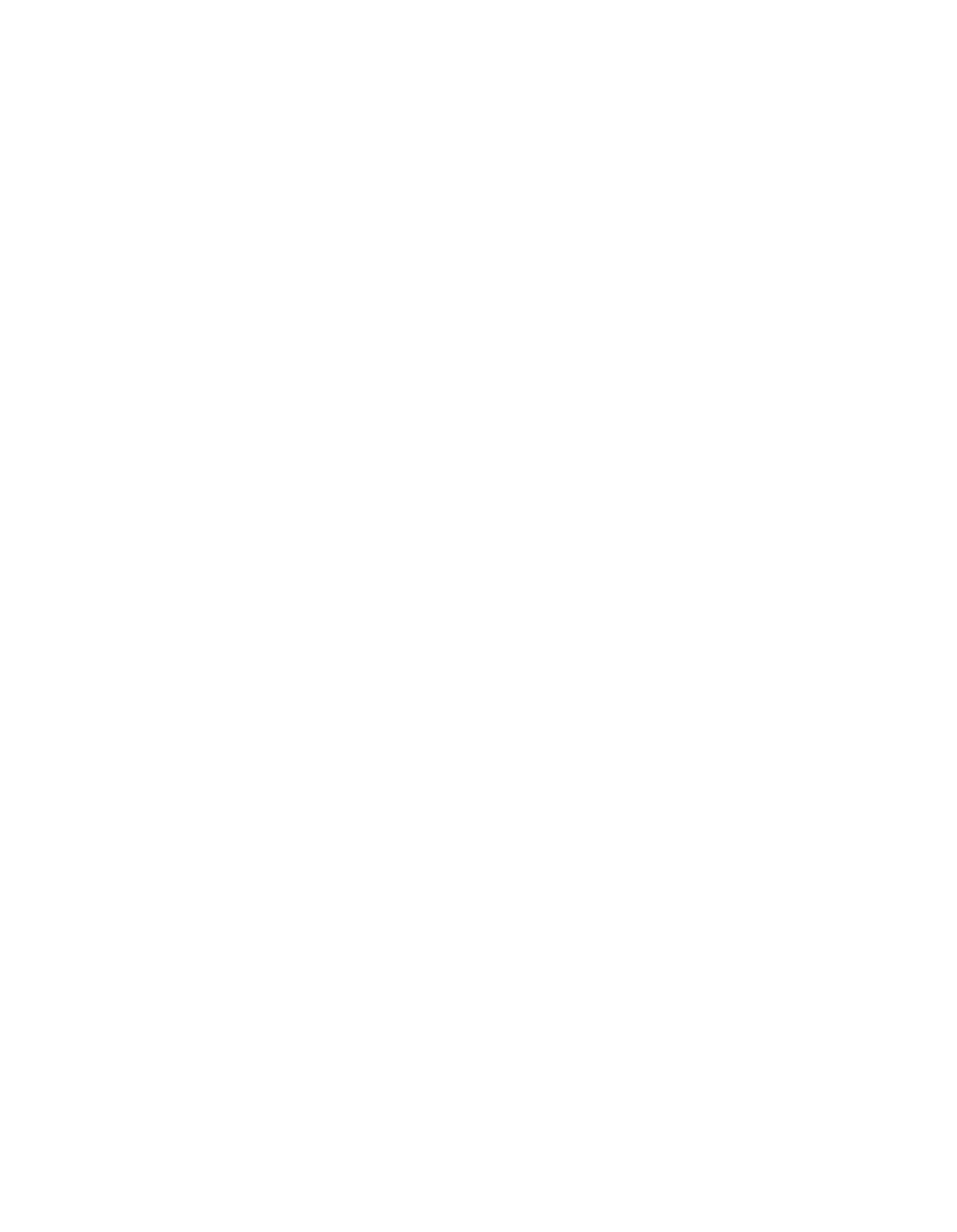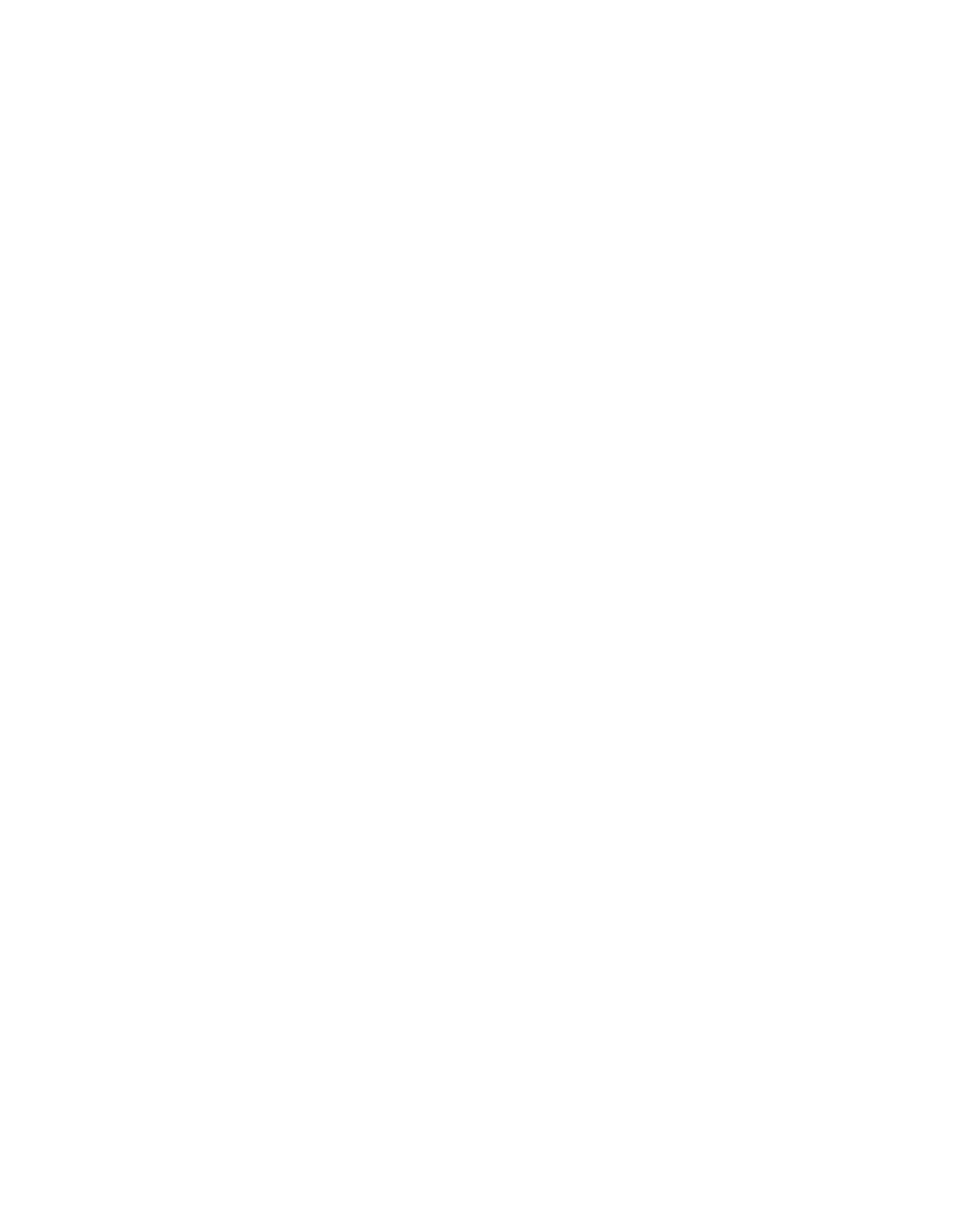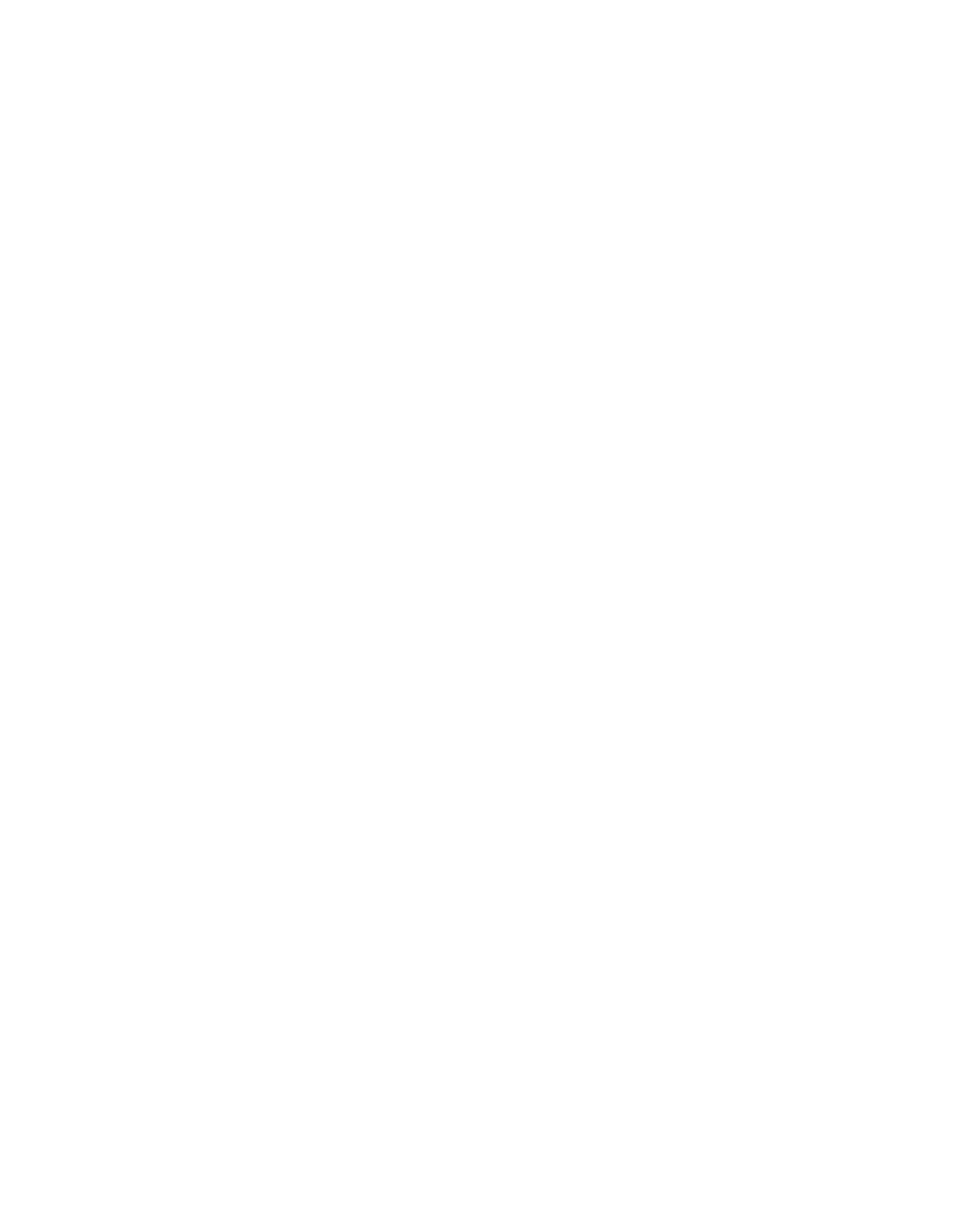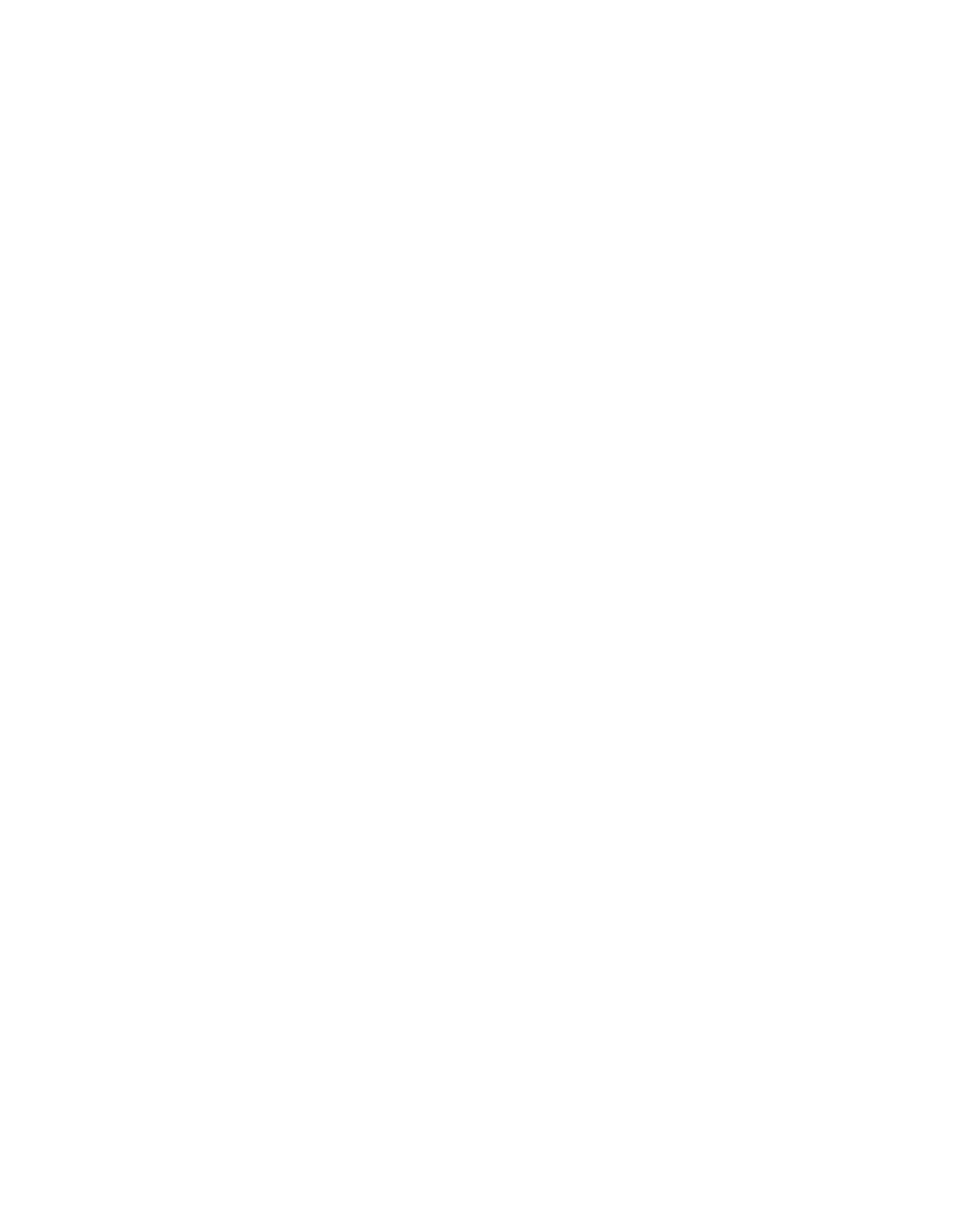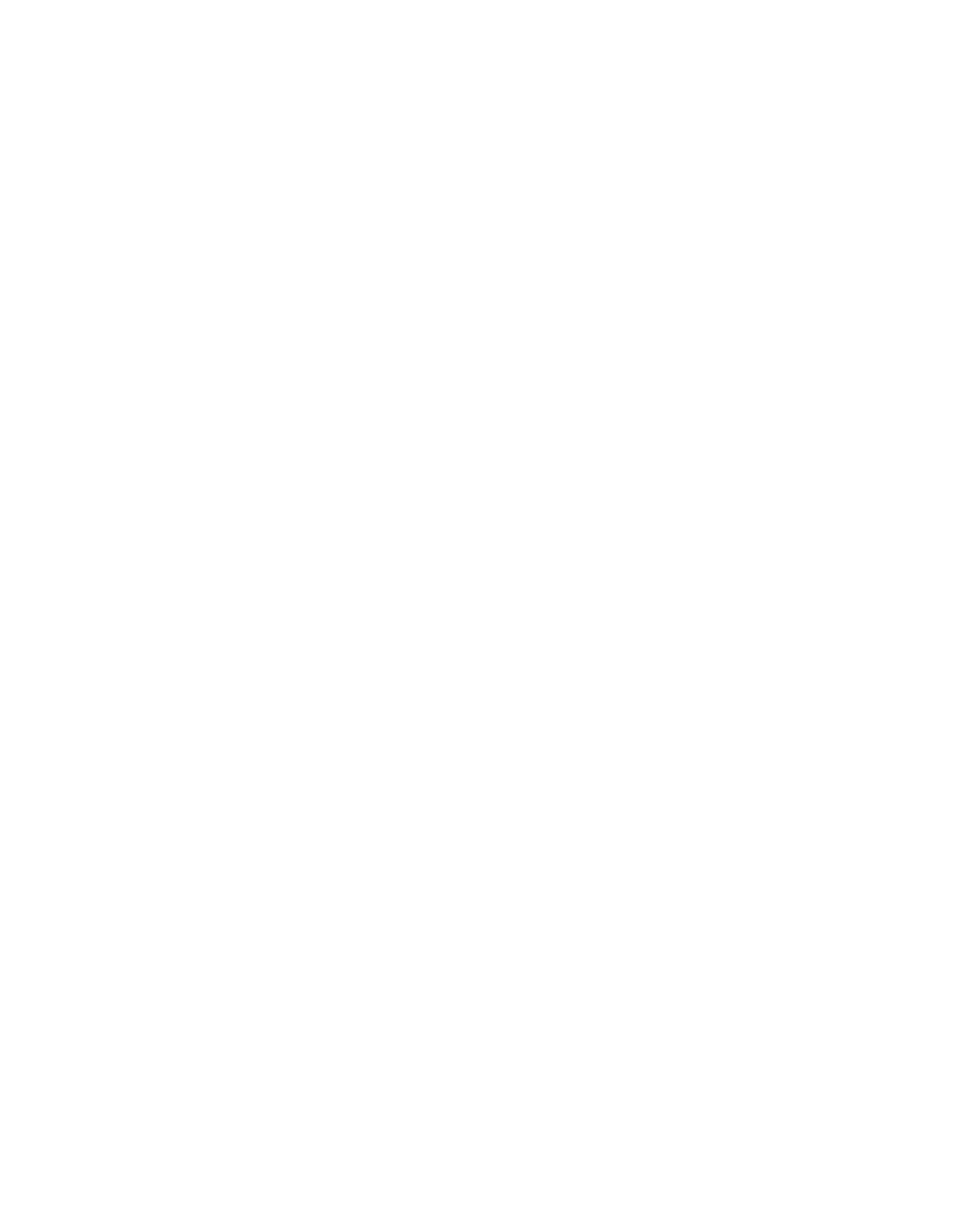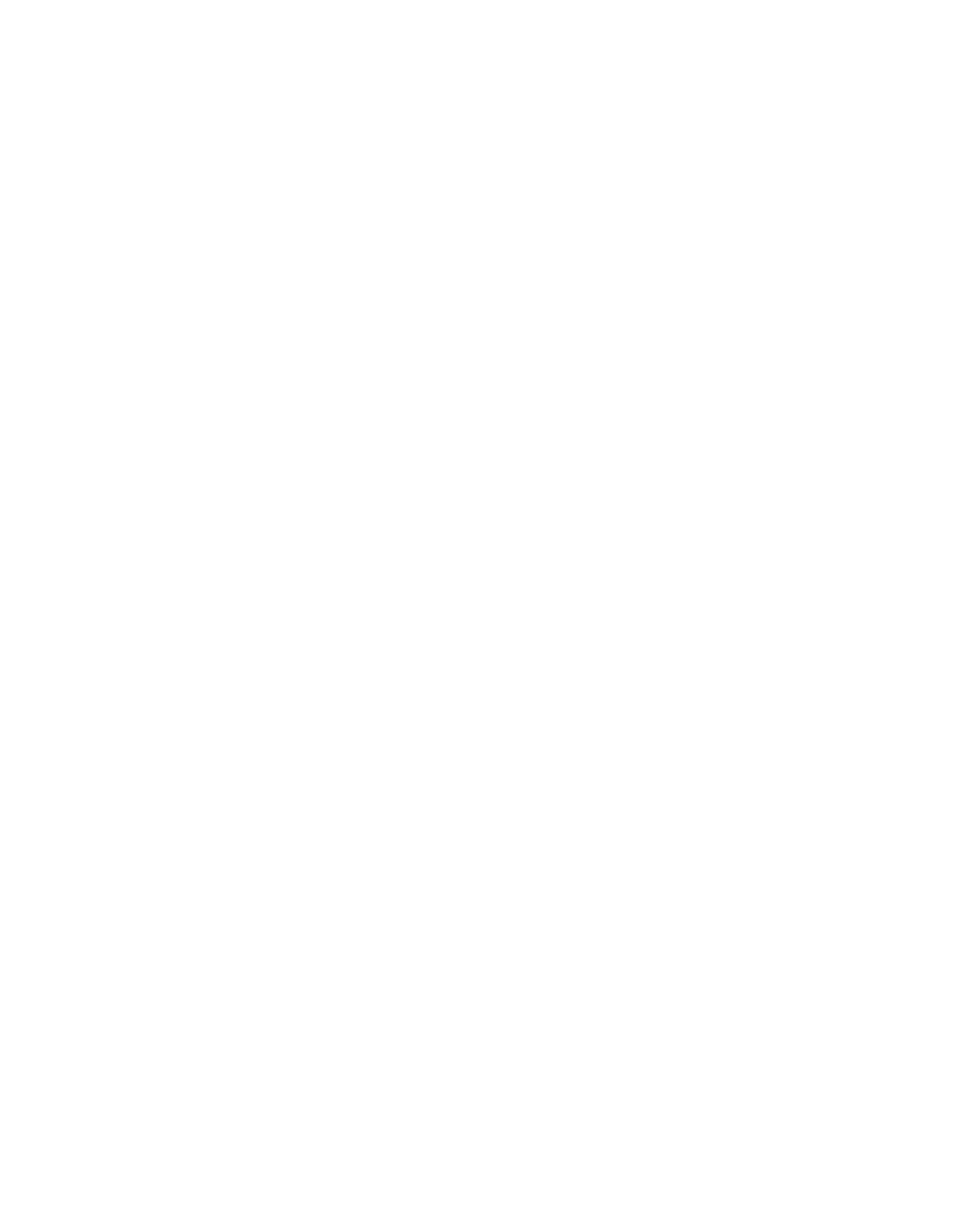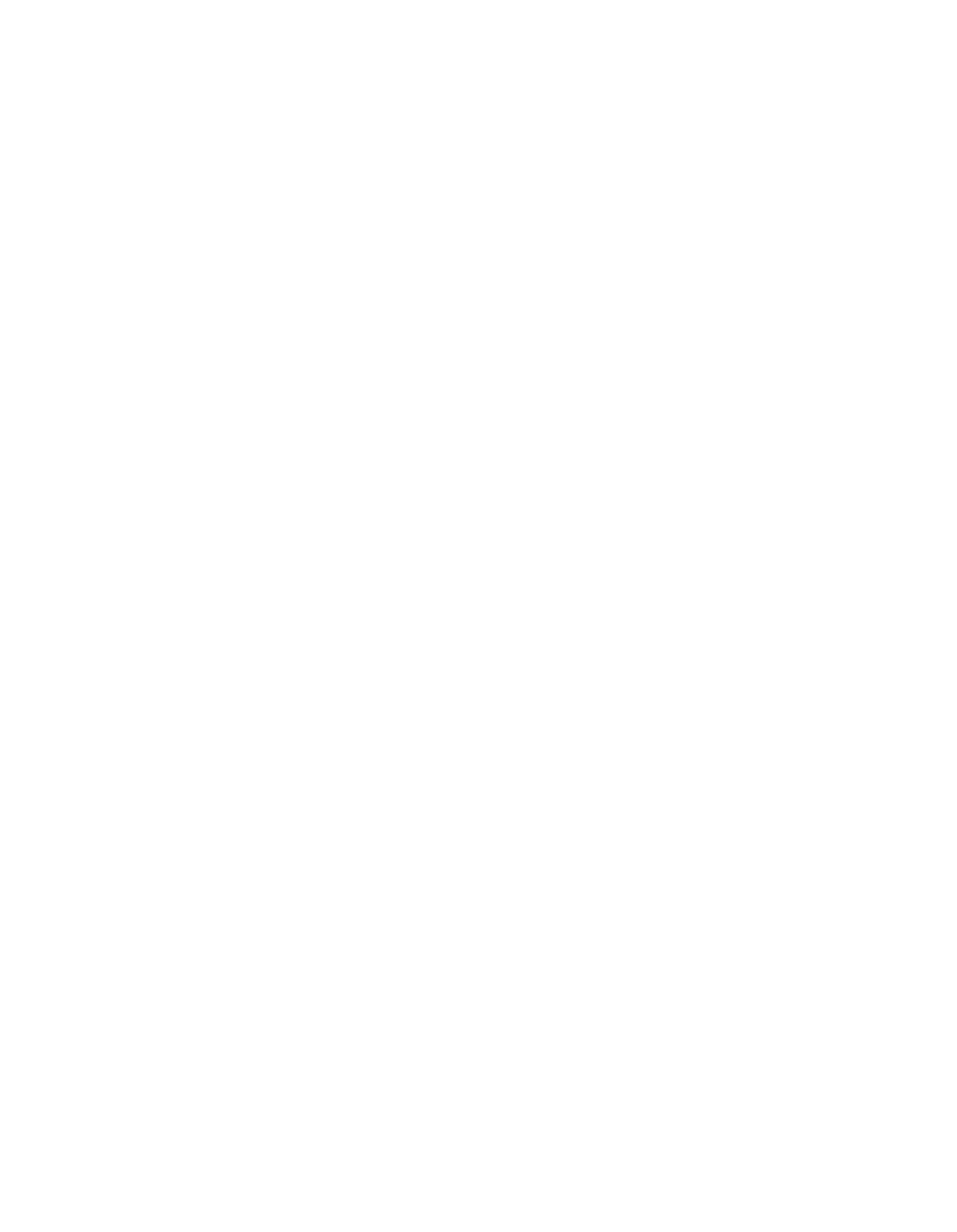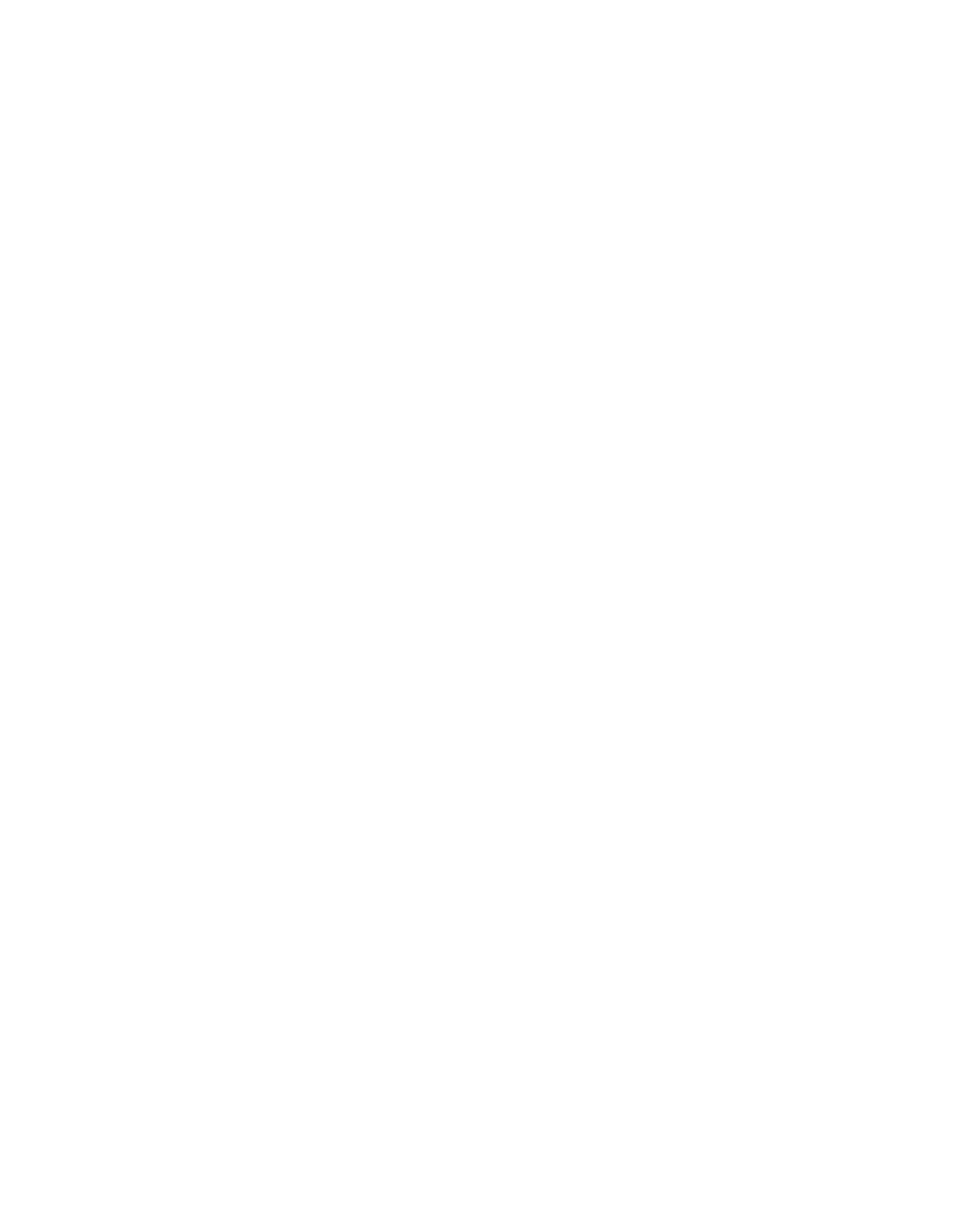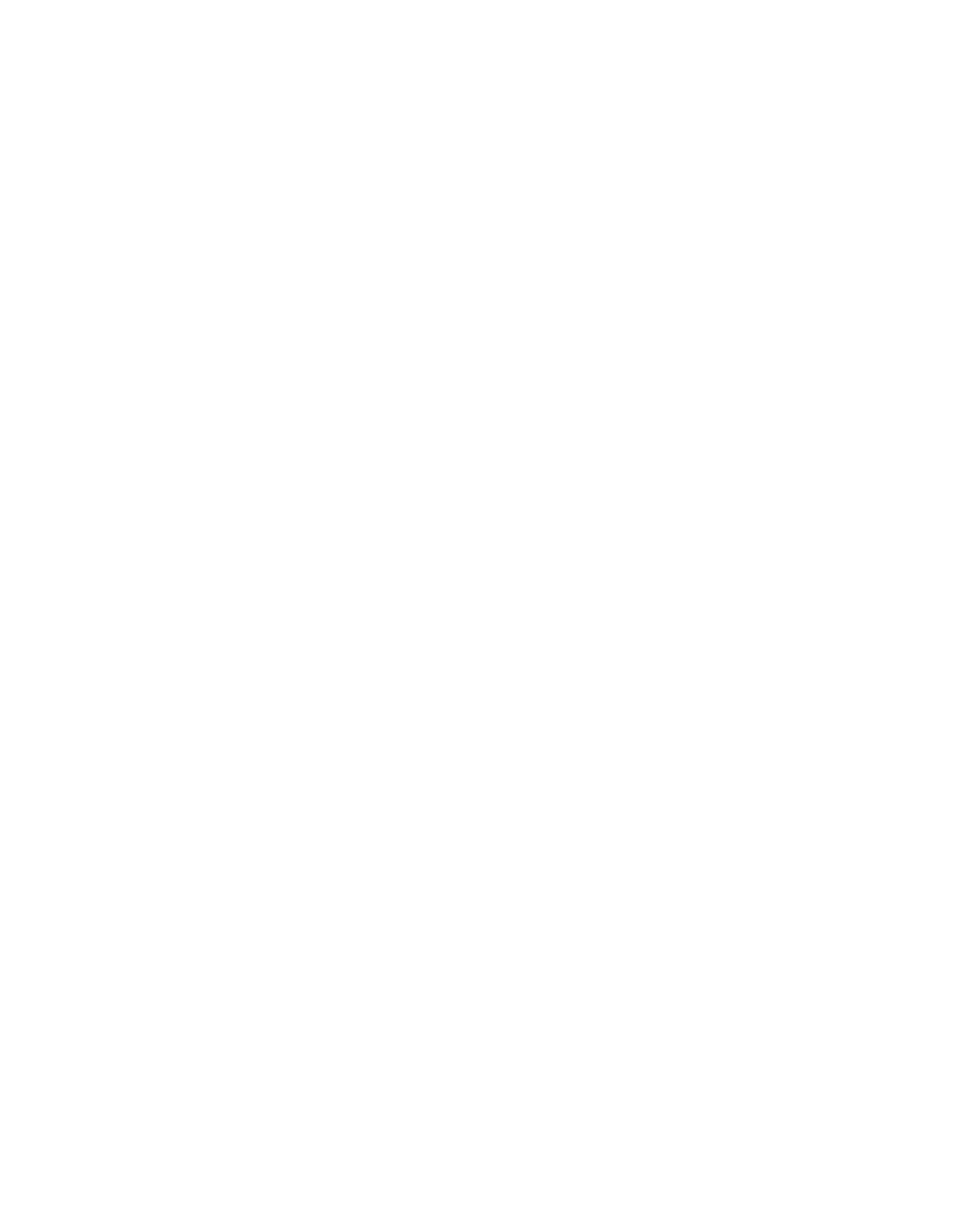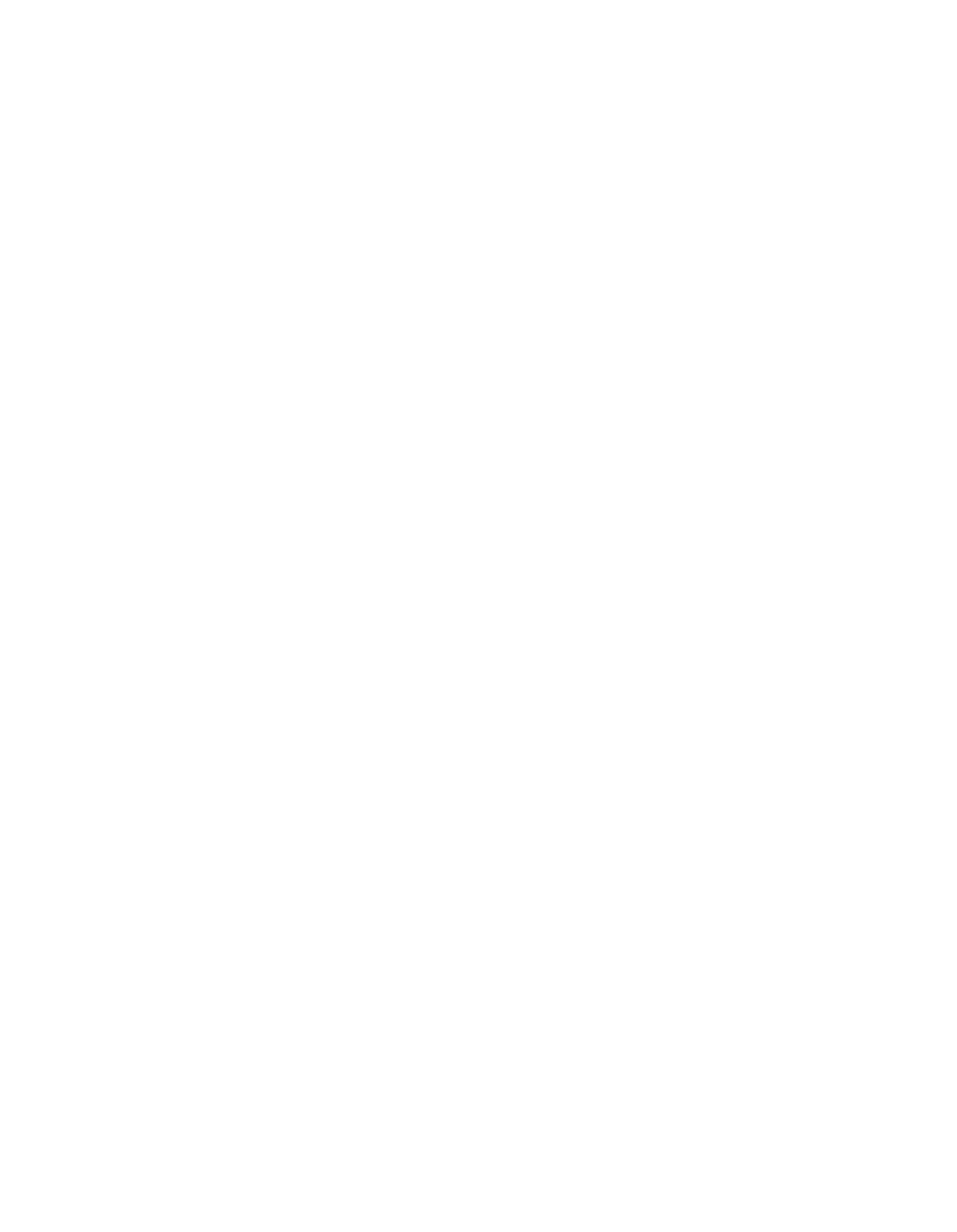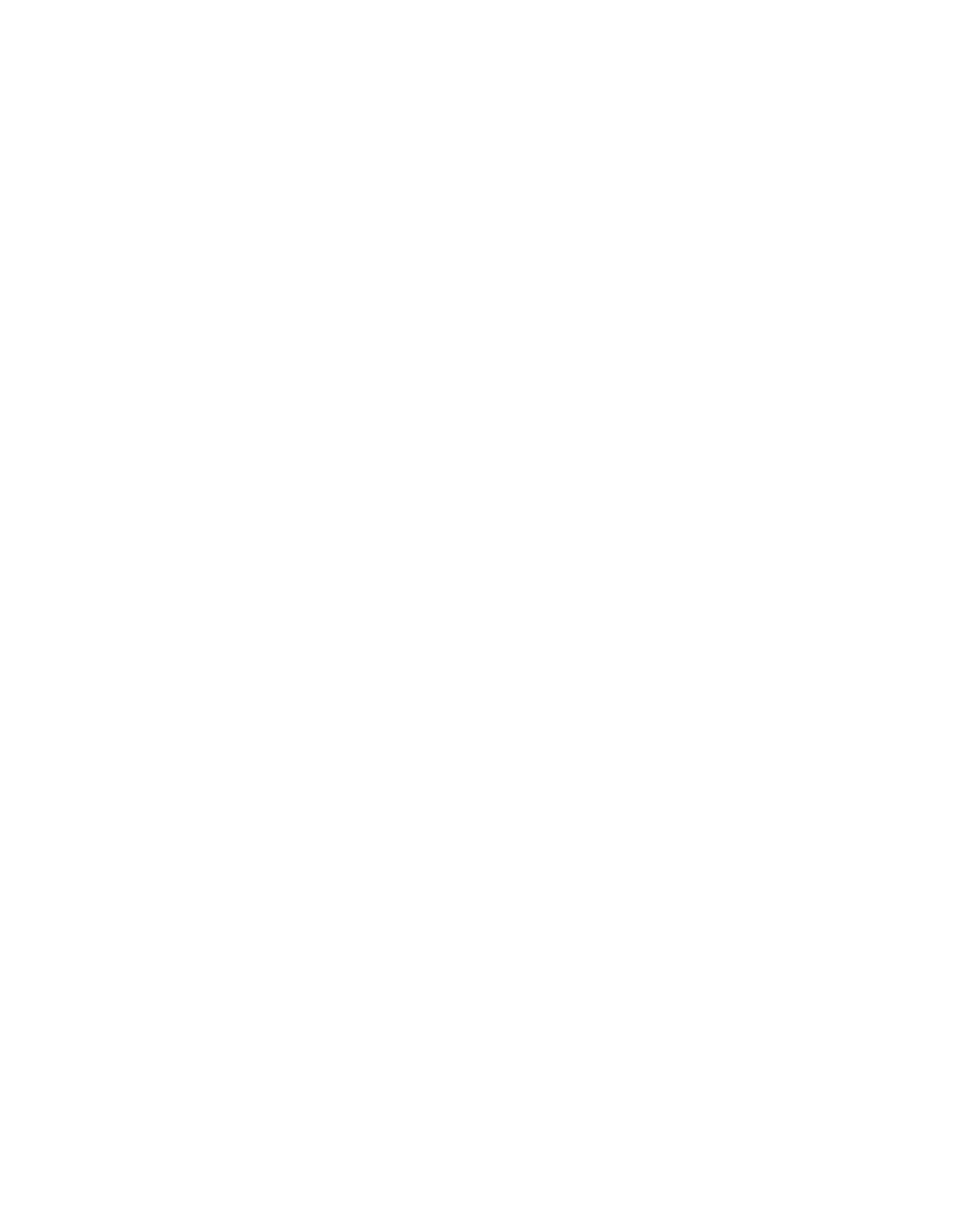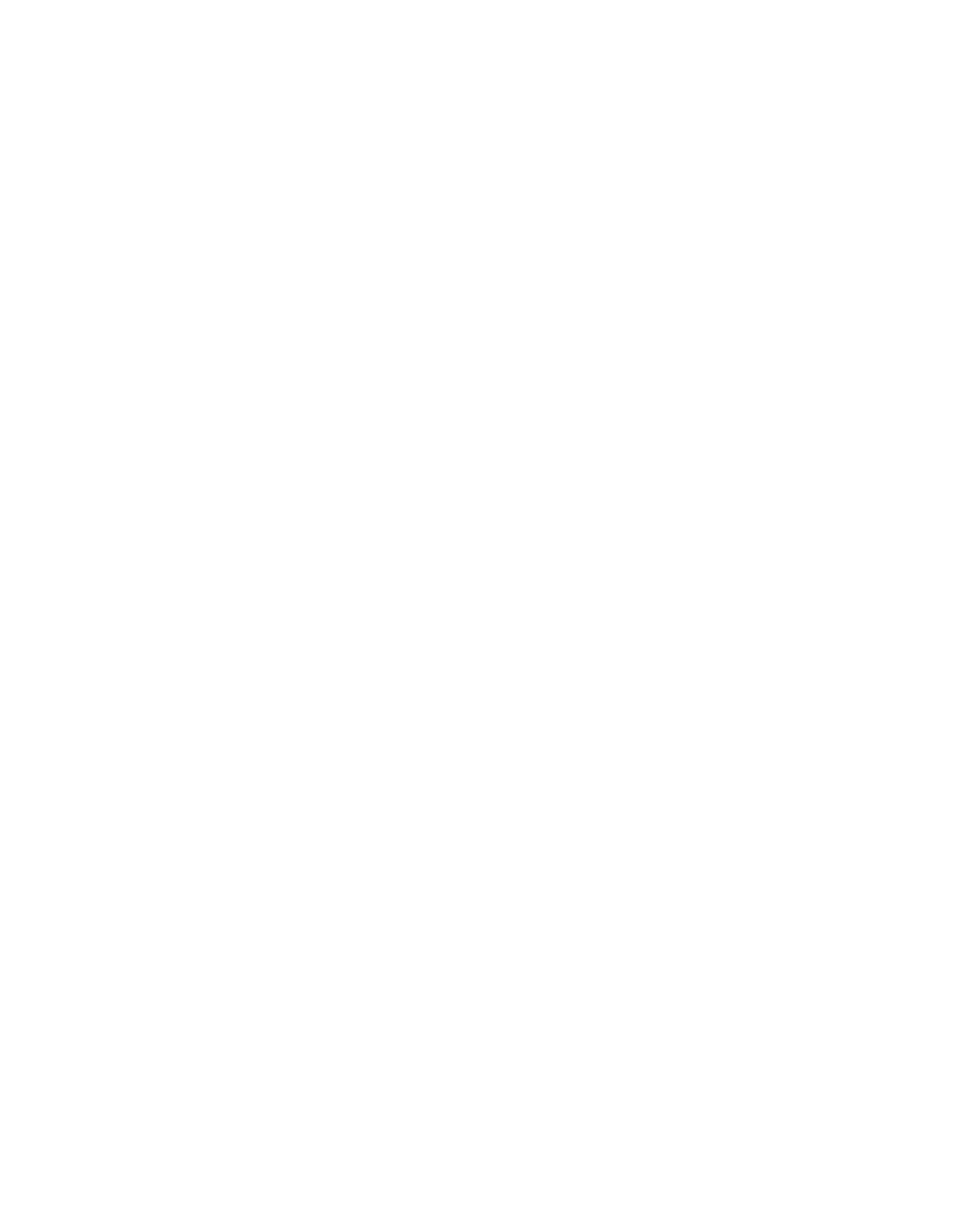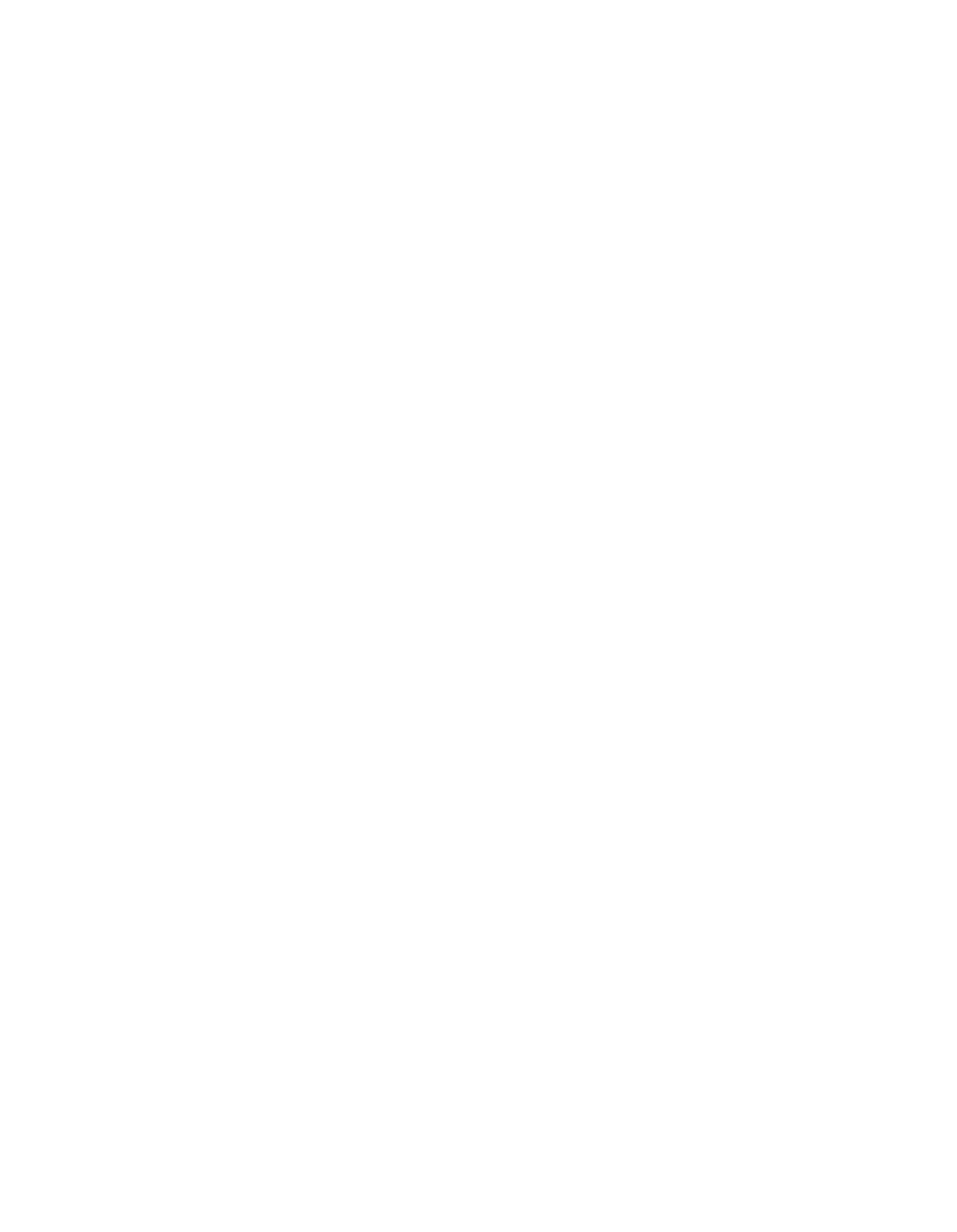ILLINOIS POLLUTION CONTROL BOARD
August
6,
1987
IN THE MATTER OF:
ORGANIC MATERIAL EMISSION
STANDARDS AND LIMITATIONS:
)
R86-18
ORGANIC EMISSION GENERIC
RULE
PROPOSED RULE.
FIRST NOTICE.
OPINION AND ORDER OF THE BOARD
(by 3. Marlin):
This matter comes before the Board on
a proposal
of the
Illinois Environmental Protection Agency
(Agency)
to control
volatile organic material
(VOM)
through
a
generic rule.
The
Agency’s first proposal was
filed
on May 12,
1986.
After
consultation with the Agency,
the Agency suggested hearing dates
in October.
The first hearings were held
on October
24,
1986
in
Chicago and October
29,
1986
in Collinsville.
At hearing on
October
24, the Agency submitted
a Revised Proposal.
Another
hearing was held
in Springfield,
on December
11, 1986 at which
the Agency stated that
it
would further revise
its proposal.
A
Second Revised proposal was proffered
by the Agency at hearing
in
Springfield on February 10,
1987.
Another hearing was held on
February 11.
Two additional hearings were held
in
this matter on
April
23
arid
24
in Springfield.
At hearing
on April
23, the
Agency introduced another proposal for
the Board’s consideration,
referred
to as
the Alternative Generic Proposal.
(Alternative
Proposal).
The Agency has recommended that the Board adopt the
Alternative Proposal
rather than the original proposal
or
its two
revisions.
(R.
851).
Additionally, the Illinois Environmental
Regulatory Group
(IERG)
filed
its own proposal
at hearing on
February 11,
1987.
(R.
613).
IERG later withdrew that proposal
and submitted
a modified version of
the Agency’s Alternative
Proposal at hearing
on April
23.
(R.
986).
At hearing on April
24,
1987, IERG requested
an additional
hearing
to resolve
a controversy between
the Agency and Dow
Chemical
(Dow)
concerning the proposed
rule’s applicability
to
Dow.
A hearing was set for June
18.
Subsequently,
IERG,
Dow,
and the Agency resolved their dispute,
and as
a result
the three
filed
a Joint Motion
to Amend
the Agency’s Alternative Generic
Proposal and IERG’s Version of
the Alternative Proposal on June
16,
1987.
The amendment essentially removes Dow from the
proposed rule’s applicability.
As
a consequence,
the June 18
hearing was cancelled.
The Alternative Proposal differs significantly from the
earlier Agency proposals
in its structure but not in its control
requirements.
The earlier proposals provided a blanket coverage
for
the rule’s applicability with specifically
listed
80—249
exemptions.
The newer Alternative Proposal specifies four
areas
of the rule’s applicability.
Presumably,
a source that does not
fall under
one
of these categories would not
be subject
to the
rule.
In general,
the Alternative Proposal would
impose controls
on specified types
of manufacturing process emission sources at
a
plant
if those emissions sources as
a group would emit 100 tons
or more of VON per year,
if no air pollution control equipment
were used,
and these emission sources are not already subject
to
a control technique guideline
(CTG)
based
rules.
The Alternative Proposal requires that RACT be utilized by
the sources subject
to the rule.
The four areas
of
applicability,
proposed as Subparts AA, PP,
QQ,
RR,
and the RACT
requirements
for each are
as follows:
Area
of Applicability
RACT Requirements
1)
Paint and Ink Manufacturing
Various operation,
(Proposed Subpart AA)
maintenance and monitoring
requirements; no quantified
emission reduction.
2)
Miscellaneous Fabricated
81
reduction
in uncontrolled
Product Manufacturing
VON emissions;
for coating
Processes
(Proposed Subpart
lines, VOM emissions not to
PP)
exceed 0.42 kg/i
(3.5 lb/gal)
of coating applied.
3)
Miscellaneous Formulation
81
reduction
in uncontrolled
Manufacturing Processes
VOM emissions.
(Proposed Subpart
QQ)
4)
Miscellaneous Organic
81
reduction
in uncontrolled
Chemical Manufacturing
VON emissions.
Processes.
(Proposed
Subparts RR).
As
an alternative
to the control requirements
of proposed
Subparts PP,
QQ,
and RR,
sources may comply with the rule by
being subject
to an adjusted RACT limitation as determined
by the
Board.
The adjusted RACT limitation procedure is set forth
in
Subpart
I
of the Alternative Proposal.
Generally,
under
this
procedure, owners and operators would have
to make a showing
before the Board that the relevant control requirements as
specified
in Subparts AA,
PP,
QQ,
RR are not RACT for that
particular source and that
a different control requirement
is
RACT for that particular source.
Certain deadlines imposed by the Clean Air Act require that
the Board quickly reach
a final disposition of this matter.
If
the Board were to adopt as final the Agency’s Alternative
Proposal,
the owners and operators
of emission sources subject to
80—250
3
the rule would have
to
be
in compliance with the rules
by
December
31,
1987, according
to the rule’s provisions.
The Board
views
this as
a very tight
time frame within which the affected
owners
and operators might have
to act, particularly given
that
a
number
of time—consuming procedural
steps are yet
to
be
undertaken before final disposition.
Most participants
to this
proceeding have no major objections
to the Alternative Proposal.
Accordingly,
the Board adopts
the Agency’s Alternative
Proposal
for First Notice.
In taking this action,
the Board
believes that whatever
the outcome,
final disposition of
this
matter will proceed
in as timely
a fashion
as possible.
The
Board cautions that this action
in no way constitutes
a
determination by the Board on
the ultimate merits of
the proposed
rules.
The Board has held seven merit hearings
in this matter
generating
a transcript with over 1200 pages, and
it believes
that further merit hearings are unnecessary.
Consequently,
the
Board considers the merit
record in
this proceeding closed except
for the submission of final
comments by interested persons.
Final comments on the merit record are due by the end
of the
First Notice comment period.
In addition,
since the Board is
proposing this rule for First Notice,
any person may present
their
views and comments concerning
the proposed rule
or request
a public hearing pursuant to the procedures
of Section 5.01 of
the Illinois Administrative Procedure Act.
Ill.
Rev.
Stat.
1986
Supp.,
ch.
127,
par 1005.01.
Since
the Board
is not presently making
a substantive
determination with respect
to this proposed
rule,
it will not at
this time address the issue
as
to whether Viskase Corporation
(Viskase) should be subject
to the proposed rule.
However,
the
Board requests that Viskase,
in its comments, state
its position
as
to whether
the proposed
rule’s adjusted RACT procedure would
provide
a satisfactory means
of addressing Viskase’s concerns.
In an effort to discern the Agency’s position more clearly,
the Board hereby orders that the Agency address the following
specific points
in
its final
comments.
1)
In its Alternative Generic Proposal, the Agency has proposed
Subparts AA, PP,
QQ,
RR.
Certain language defining each
Subpart’s applicability
is common
to the four proposed
subparts.
Specifically,
the scope of applicability for each
supbart
“includes
process emission sources not subject to
Subparts
B,
B,
F,
N.
P1
Q,
R,
S,
U,
X,
Y,
or
Z of this
Part....”
This implies that the proposed generic rule may
apply to emission sources
that are subject
to Subparts not
listed above,
such
as Subparts C,
K,
T,
V, and W.
Is this
a
proper interpretation?
If
the generic
rule does apply to
emission sources which are subject to the control
requirements
of other subparts,
do the control requirements
of the generic rule take precedence over the control
80—25 1
4
requirements of
the other subparts?
Or
is the converse
true?
An analogous problem would develop if VOM
is defined
differently
in the generic rule with respect to its
definition
in another applicable subpart.
If
two different
definitions
of VOM could be applicable
to the same emission
source, which definition would control?
2)
Three of the proposed generic subparts PP,
QQ, and RR,
contain the same language with respect
to two subsections.
Proposed subsection(b) of
Sections 215.920,
215.940 and
215.960 reads as follows:
b)
The requirements
of this Subpart shall apply,
except as
provided
in Subsection
(e)
below,
to
a
specified
manufacturing processes at
a plant, which plant
includes
process emission sources not subject to Subparts B,
E,
F,
N,
P1
Q,
R,
S,
U,
X,
Y,
or
Z
of this Part,
and which
process emission sources
as
a group would emit 100 tons
or more per year
of volatile organic material
if no air
pollution control equipment were used.
Subsection
(e)
of Sections 215.920,
215.940 and 215.960
states:
e)
Notwithstandincj Subsection
(h) above,
the provisions of
this Subpart do not apply to emission sources which are
regulated under Subparts
B,
E,
F,
N,
P,
Q,
R,
S,
U,
X,
Y,
or
Z
of this Part,
including emission sources which
would be subject to limits under
these Subparts
if
the
sources had sufficient size,
throughout or emissions,
and emission sources which meet specific exemptions
contained
in these Subparts.
A plain reading
of
these two subsections does not clearly
indicate the necessity of Subsection
(e)
in light
of
the
statement of applicability
in Subsection
(b).
In other
words, what
is the effective difference
in scope
applicability between the two subsections?
If there
is
a
difference,
can the Agency suggest alternative language which
would further elucidate that difference?
3)
The Alternative Proposal describes specific areas
of
applicability.
Previous Agency proposals were structured
such that there was
a general umbrella of applicability with
specific exemptions to that coverage.
As
a
result,
sources
which were once “exempt”
under the earlier proposals are now
merely not included
in the areas applicability under
the
Alternative Proposal.
In the process of developing
these
proposals,
the Agency has evaluated categories of
sources and
decided that the rule’s applicability
to these categories
is
not warranted.
On
a category—by—category
basis,
the Board requests that the
Agency state,
in summary fashion,
the general factors or
80—252
5
reasons, economically and technically based, behind the
Agency’s conclusion that the proposed generic
rule should not
apply.
In addition, citations to the record, whenever
possible, would further aid the Board
in reviewing this
issue.
This request supersedes
the similar
requests made
by
Dr.
Rao and the Hearing Officer at hearing on April
23.
(R.
915,
1028).
Motions
There are several outstanding motions
in this matter which
need
to he addressed by the Board.
At hearing on April
24,
1987,
IERG orally moved
for more hearings
in this matter or,
in the
alternative,
to establish
a separate docket
so that two issues
could
be explored further.
The issues are whether the counties
of McHenry, Kane,
DuPage and Will should
be
included in
the
proposed generic rule’s area
of applicability and whether
it
is
proper
to base
a rule for
the
control
of hydrocarbon emissions on
the EKMA model.
(R.
1115—1116).
IERG agreed to submit the motion
in writing
to the Board so the Agency could likewise respond
in
writing.
(R.
1120).
On May 27, 1987,
the Agency filed
a Motion to Close the
Merit Record.
In
its motion,
the Agency states that since IERG
had,
at that point,
not yet filed
its written motion
as promised
at the April
24 hearing,
IERG’s motion should be denied.
The
Agency requests that
a date closing the record be set because
further delay would
“jeopardize the needed timely progression of
this regulation”.
On May
29,
1987,
IERG filed an Objection to the Agency’s
Motion
to Close
the Merit Record as well
as
a Motion to Establish
a Separate Docket, which was the written follow—up to IERG’s oral
motion at the April 24th hearing.
In its Objection,
IERG states
that
it needed
to wait until transcripts of
the April hearings
became available before
it could submit
a written motion as
promised at
hearing on April
24.
In
its written Motion
to
Establish
a Separate Docket, IERG refers
the Board to IERG’s
argument
that it presented at the April
24 hearing when
it orally
requested additional hearings
or
a separate docket.
In its
written motion,
IERG is only requesting
a separate docket
in
order
to “address the issue of
the applicability
of this proposed
rule to McHenry, Will,
Kane,
and DuPage
Counties and use
of the
EKMA model”.
IERG further states
that it does not intend to
“delay
the timely progression of
the proposed generic rule;
the
establishment of
a separate docket would allow the technical
merit
issue to move forward”.
All—Steel,
Inc.
(All—Steel)
filed
its Response to the
Agency’s Motion to Close
the Merit Record on June
2.
Essentially, All—Steel requests that the Board not close the
merit record until All—Steel filed
its response
to questions
posed
to All—Steel by the Agency at the April
24 hearing.
The
Board notes
that All—Steel filed
its response on June 19,
1987.
80—253
6
As
a result of
a June
11 conversation with counsel
for the
Agency,
the Hearing Officer discovered
that the May
29 filings
of
IERG and the June
2
filing of All—Steel were never
served upon
the Agency.
The service
list attached
to the filings did not
include the Agency.
The Hearing Officer issued
an order
requiring that in the future,
the Agency be served with all
filings.
The Hearing Officer supplied
the Agency with Board
copies
of the filings
at issue.
At the time the Hearing Officer
issued his Order, he spoke with one counsel for
IERG who stated
that the failure to serve
the filings on the Agency was
unintentional.
Also, subsequent
to the Order,
the Hearing
Officer received
a letter from All—Steel stating that its failure
to serve
the Agency was inadvertant.
The Agency filed
four motions
on April
23,
1987.
The first
is
a motion which requests leave
to file the remaining three
motions instanter.
That motion
is granted.
Next,
the Agency
moves
to strike All—Steel’s Response
to the Agency’s Notion to
Close the Merit Record due
to All—Steel’s failure
to serve its
filing on the Agency.
Similarly,
the Agency also moved
to strike
IERG’s May
29 filings
for failure
to serve the Agency.
Finally,
the Agency filed
its Response
to
IERG’s Motion
to Establish
a
Separate Docket,
the substance
of which will
be discussed later.
All—Steel
filed
a Response
to the Agency’s Motion
to Strike
on June
25,
1987.
IERG also filed
a Response on July
9,
1987.
Generally,
both All—Steel and IERG assert that the failure
to
serve
the Agency was unintentional and that their
respective
filings should not be
stricken.
Since
the Board
by
its action today
is setting
a date for
the close of
the merit record,
the Agency’s Motion to Close the
Record
is moot.
Similarly,
IERG’s Response and All—Steel’s
Response
to the Agency’s Notion to Close
the Merit Record,
the
Agency’s motions
to strike
those responses
for failing to serve
the Agency,
and IERG’s and All—Steel’s Responses
to the Agency’s
motions
to strike the responses are moot.
Agency’s Motion
to
Strike IERG’s Notion
for a Separate Docket due
to IERG’s failure
to serve the Agency
is denied.
The Board shares the Hearing
Officer’s
view,
as stated in his June
11 Order,
that
it is
reasonable
to expect that the proponent
of
a rulemaking be served
with motions.
However,
in this instance
it appears
that IERG’s
failure
to serve
the Agency was inadvertant.
The Agency
eventually received the IERG’s motion and was given an
opportunity
to file
a response.
As
a result,
the Board does not
find
it necessary to strike IERG’s motion.
Instead, the Board
will decide IERG’s Motion
to Establish
a Separate Docket and the
Agency’s response on their merits.
IERG’s Motion
to Establish
a Separate Docket
is based upon
the position that the record contains sufficient information
to
warrant further investigation
of the issues of whether
the
proposed generic
rule should apply
to McHenry, Will,
Kane,
and
80—254
7
DuPage counties and whether
it
is proper
to use the
EKMA
model
as
a basis
for the proposed rule.
IERG refers the Board
to the
arguments that
it presented at the April
24 hearing
in support
of
its motion.
With regard
to the county issue,
IERG stated at hearing,
With respect
to Mcflenry and Will,
it
is clear
those
are~
not
presently
designated
as
attainment
counties.
With
respect
to
Kane
and DuPage counties, we believe that LJSEPA
is
under
an
obligation
to
move
forward
with
rulemaking under the Seventh Circuit decision
and
it would
be
improper
to
be
adopted
sic
regulations
imposing RACT since USEPA has,
in
effect,
forwarded
the
mandate
of
the Seventh
Circuit.
(R.
1115—1116)
The Agency responds by stating that the county issue has
already been sufficiently addressed
in this proceeding
at
the
October
29,
1986 hearing and IERG has had
the opportunity to
respond
to
that
evidence
in
this
proceeding.
Consequently,
the
Agency
concludes
that
further hearings
on
that issue are
unnecessary.
In addition,
the
Agency
refers
to
Exhibit
34
which
is
a
letter,
dated
April
14,
1987,
from
Mr. Steve Rothblatt,
Chief of
the Air
and
Radiation
Branch,
of
the
United
States
Environmental Protection Agency
(U.S.
EPA)
to Mr. Michael Hayes,
Manager of
the Division of Air Pollution Control
for the
Agency.
In
that letter,
Mr.
Rothblatt
writes,
DuPage
and
Kane
counties
clearly
cannot
be
excluded
from
the
Chicago
area
EKMA
demonstration,
since
they
are
designated
nonattainment
and
are
integral
parts
of
the
Chicago
area.
While
Will
and
McHenry
Counties
are
no
longer
classified
as
nonattainment,
omitting
these
counties
from
RACT
requirements
would
require
substantial
justification
and
it
is
doubtful
that such
a
justification would
be
successful.
In
order
to
exclude
these
counties
from
the
EKMA
demonstration,
it
is
likely
that
(1)
additional controls would
be necessary in the
nonattaining
counties
and
(2)
USEPA
would
have
to
be
convinced
that emissions
in these
counties
do
not
contribute
to
the emissions
that
lead
to
the
violations
of
the
ozone
standard
found
in
and
downwind
of
the
Chicago
area.
In addition,
it would be necessary for
*
The Board notes that counsel for IERG likely meant
to say
“nonattainment”.
80—255
8
the State
to prepare, adopt,
and submit
a new
SIP
revision
which
includes
a
new
EKMA
analysis of
necessary emission reductions and
which
achieves
the
necessary
emission
reductions
in the four county
(Cook, DuPasge,
Kane,
and
Lake
Counties)
area....
Please
be
aware that unless and
until
such
a
SIP
revision
were
approved,
the
Chicago
demonstration
area continues
to
include Will
and McHenry Counties as well as Cook, DuPage,
Kane
and
Lake
Counties,
and
failure
to
adopt
RACT
in
all
six
counties
could
result
in
imposition
of
a
variety
of
sanctions.
(R86—l8,
Exh.
#33,
p.
2)
With respect
to
the county issue,
the Board
is persuaded
by the
Agency’s position.
Secondly,
IERG asserts
that testimony
of Mr.
Erwin Kauper,
presented
at the April
24
hearing raises questions regarding
“the
use of
the
EKMA Model as
it
relates
to the
necessity
for
control
——
for
additional
control
of hydrocarbon emissions,
irrespective
of the area where
those emissions are located.”
(R.
1116).
In
response,
the
Agency
states
that
the
use
of
the EKMA model
is consistent not only
with
the
opinions
of
the
Board
for
the
last
eight
years,
but
also
the
efforts
of
the
Agency
and
numerous
industrial
representatives....If
the
EKMA
model
was
deemed
inappropriate,
not
only
would
Illinois
require
a
new attainment demonstration
and
a
new
SIP
but
also
revised
promulgated
RACT
regulations
and proposed RACT regulations.
(Agency Response,
p.
3)
The Board agrees with the Agency that it would be inappropriate
to question the use of the EKMA model
at this point
in the RACT
regulatory process.
Although IERG’s states
intent
is “not to delay the timely
progression of the proposed generic rule,”
the Board
is at
a loss
to determine how the opening
of
a separate docket,
to consider
issues that are integral
to the proposed generic rule, would not
further impact or delay
this proceeding.
As stated earlier,
the
Board recognizes
the importance in proceeding as expeditiously as
possible
in this matter.
Even
if the Board assumes that IERG’s
position
is
correct,
such
issues
would
be
fundamental
not
only
to
the proposed generic rule but also
to all the RACT proceedings.
At this point,
the Board sees no reason
to investigate, through
a
separate
docket,
the
foundation
for
all
the
RACT
rules.
Such
an
80—256
9
endeavor would only delay the needed progression of
the RACT
rulemaking process.
Therefore,
the Board hereby denies IERG’s
Motion
to Establish
a Separate Docket.
The Board notes
that
IERG,
like any other person,
is free
to present to the Board
a
regulatory proposal pursuant
to Section
28 of the Act.
VOM Definition
On March 19,
the Hearing Officer
in this Proceeding and the
Hearing Officer
in R86—37,
Definition of Volatile Organic
Material, Section 215.104,
issued
a Joint Order giving guidance
concerning
the Agency’s proposed new definition
of VON in R86—37
and the resulting impact upon the regulated community
if
this new
definition
were applied through the proposed generic
rule.
The
Joint
Order stated
that
it was “most appropriate
to address
the
potential
increased impact under
the Generic VOM Rule caused by
the expanded definition
of VON
in the R86—l8 docket.”
The Joint
Order further stated:
In
order
to
ensure
that
the
regulated
community has adequate notice
of the proposed
redefinition
of
VON
in
the
Generic
VON
proceeding,
the
hearing officers request
the
Agency
amend
its R86—l8 proposal
to show
the
proposed
redefinition
of VON contemplated
in
R86—37.
As
a result, when the Agency submitted
its Alternative
Proposal,
a definition
for VOM,
that was consistent with the
Agency’s proposal
in R86—37, was included.
On July 16,
1987,
the
Board adopted
the following definition
of VON in
the Proposed
Rule, First Notice for R86—37.
This definition, which would
apply to Subpart
I, AA,
PP,
QQ, and RR, states
that volatile
organic material
is:
any
organic
material
which
participates
in
atmospheric
photochemical
reactions
or
is
measured
by
the applicable
reference
methods
specified
under
Part
230,
Appendix
A unless
specifically exempted from this
definition.
Although
the
version
of
the
Alternative
Proposal that the Agency
filed with the Board contains this definition,
the version of the
Alternative Proposal that the Board
is adopting today for First
Notice does not contain
a definition
of VOM.
According to the
Hearing
Officers’
Joint
Order,
the
definition
of
VON
to
be
included
in
the
Agency’s
proposal
in
the
R86—18 docket was
to be
included
for
the
sole
purpose
of notifying the public of the
potential impact that
the VON definition proposal
in R86—37 might
have upon
the proposed generic rule’s scope
of applicability.
The R86—l8 docket was
to receive evidence concerning that
impact
not
the
propriety of the VON definition itself.
The latter
issue
was
to be
addressed
in the R86—37 docket.
It naturally follows
that
the record
in R86—l8 was not developed for the purpose
of
80—257
10
justifying
the new VON definition,
but rather the record
in R86—
18 was developed
in
an attempt
to justify the applicability and
control requirements
of the proposed generic rule.
The version
of the Alternative Proposal adopted
for First Notice merely
reflects that fact.
In addition, the Board has made some minor changes
in the
wording
of the Alternative Proposal.
In particular,
the Board
draws
the Agency’s attention
to the new wording of Section
2l5.221(c)(2).
The Board believes
it has not changed the
substance of
that provision but merely clarified the wording.
The
Board requests
the Agency’s comments on
this change.
ORDER
The Board hereby proposes the following amendments
for First
Notice publication.
The Clerk shall cause First Notice
publication of the proposed amendments
in the Illinois Register:
TITLE
35:
ENVIRONMENTAL PROTECTION
SUBTITLE
B:
AIR POLLUTION
CHAPTER
I:
POLLUTION CONTROL BOARD
SUBCHAPTER
C:
EMISSION STANDARDS AND
LIMITATIONS FOR STATIONARY SOURCES
PART 211
DEFINITIONS AND GENERAL PROVISIONS
SUBPART
B:
DEFINITIONS
Add the following definitions to Section 211.122:
“Manufacturing
Process”:
A process emission source or
series
of
process emission sources used
to convert raw materials,
feed
stocks,
subassemblies or other components
into
a product,
either
for sale or for use as
a component
in
a subsequent manufacturing
process.
“Miscellaneous Fabricated Product Manufacturing Process”:
A manufacturing process involving one or more of the
following applications
(including any drying and curing)
of
formulations
and capable of emitting volatile organic
material:
Adhesives
to fabricate or
assemble components
or
products
Asphalt
solutions to paper
or fiberboard
Asphalt
to paper
or felt
Coatings
or dye to leather
Coatings
to plastic
Coatings
to rubber
or glass
Disinfectant material
to manufactured items
Plastic foam scrap or
“fluff” from the manufacture
80—258
11
of
foam containers
and packaging
material
to form resin pellets
Resin solutions
to fiber substrates
Rubber solutions
to molds
Viscose solutions
for food
casings
The storage and handling
of formulations associated with the
process described above.
The
use and handling
of organic liquids and other substances
for clean—up operations associated with
the process described
above.
“Miscellaneous Formulation Manufacturing Process”:
A manufacturinq process which compounds one or more
of
the
following and
is capable
of emitting volatile organic
material:
Adhesives
Asphalt solutions
Caulks, sealant~or waterproofing agents
Coatings,
other than paint and ink
Concrete curing compounds
Friction materials and compounds
Resin solutions
Rubber
solutions
Viscose solutions
The storage and handling
of
formulations associated with the
process described above.
The use and handling
of organic
liquids
and other substances
for clean—up operations associated with the process described
above.
“Miscellaneous Organic Chemical Manufacturing Process”:
A manufacturing process which produces by chemical reaction,
one
or more of
the following organic compounds
or mixtures
of
organic compounds and which
is capable
of emitting volatile
organic material:
Chemicals listed
in Part
215, Appendix D
Chlorinated and sulfonated compounds
Cosmetic, detergent,
soap or surfactant
intermediaries
or
specialties and products
Disinfectants
Food additives
Oil and petroleum product additives
Plasticizers
Resins
or polymers
Rubber additives
80—259
12
Sweeteners
Varnishes
The storage and handling of formulations associated with
the
process described above.
The use and handling
of organic liquids and other substances
for clean—up operations associated with
the process described
above.
“Paint Manufacturing Plant”:
a plant that mixes,
blends, and/or
compounds enamels,
lacquers,
sealers,
shellacs,
stains,
varnishes
or pigmented surface coatings.
“Reasonably Available Control Technology”
(RACT):
the lowest
emission limitation
that
an emission source
is capable
of meeting
by the application of control
technology that
is
reasonably
available considering technological and economic feasibility.
Subpart AA:
PAINT AND INK MANUFACTURING
Section 215.620
Applicability
a)
This Subpart shall
apply
to the following counties:
Cook, DuPage,
Kane,
Lake, Macoupin, Madison, McHenry,
Monroe,
St.
Clair
and Will.
b)
This Subpart shall apply to all paint and ink
manufacturing plants which:
1)
include process emission sources not subject
to
Subparts B,
E,
F,
N,
P,
0,
R,
S,
U,
X, Y or
Z of
this Part,
and which process emission sources
as
a
group would emit 100
tons or more per year
of
volatile organic material
if no air pollution
control equipment were used,
or
2)
produce more than 2,000,000 gallons per year of
paints
or ink formulations, which contain less than
10 percent,
by weight, water,
and ink formulations
not containing as
the primary solvents water, McGee
oil, or glycol.
Section 215.621
Exemption for Waterbase Material and Heatset
Offset Ink
The requirements
of Sections 215.624,
215.625 and 215.628(a)
shall not apply to equipment while
it
is being used to produce
paint or ink formulations which contain 10 percent or more,
by
weight, water,
or inks containing McGee oil and glycol
as the
primary solvent.
80—260
13
Section
215.623
Permit Conditions
No person shall violate any condition in
a permit when the
condition
results
in exclusion
of the plant
or an emission source
from this Subpart.
Section
215.624
Open—top Mills, Tanks, Vats or Vessels
No person shall operate an open—top mill,
tank,
vat or
vessel,
with
a volume of more than 12 gallons for the production of paint
or
ink unless:
a)
The mill,
tank,
vat or vessel
is equipped with
a cover
which completely covers the mill,
tank,
vat or
vessel
opening,
except
for
an opening no larger than necessary
to allow for safe clearance for
a mixer
shaft.
Such
cover shall extend
at least
1/2 inch beyond the outer rim
of tho opening
or
be attached
to
the
rim.
b)
The cover remains
closed,
except when production,
sampling,
maintenance,
or inspection procedures
require
access.
C)
The cover
is maintained
in good condition,
such
that
when
in place,
it maintains contact with
the rim of the
opening
for
at
least
90
of the circumference of the
rim.
Section 215.625
Grinding Mills
a)
No person shall operate
a grinding mill
for
the
production
of paint or
ink which
is not maintained
in
accordance with
the manufacturers specifications.
h)
No person shall operate
a grinding mill fabricated or
modified after
(effective date of proposal)
which
is not equipped with fully enclosed screens.
c)
The manufacturer’s specifications shall
be kept on file
at the plant by the owner
or operator
of
the grinding
mill and
be made available upon reasonable request.
Section 215.628
Leaks
The owner or operator of
a paint or
ink manufacturing plant
shall,
for the purpose of detecting leaks,
conduct an equipment
monitoring program consistent with the following:
a)
Each pump shall
be checked by visual inspection each
calendar week
for indications
of leaks,
that
is,
liquids
dripping from the pump seal.
If there are indications
of liquids dripping from the pump seal,
the pump shall
be repaired as soon
as practicable,
but no later than
15
calendar days after
the leak
is detected.
80—261
14
b)
Any pump,
valve,
pressure relief valve,
sampling
connection,
open—ended
valve,
and flange or
connector
containing
a fluid which is
at least
10 percent by
weight volatile organic material which appears
to
be
leaking on the basis
of sight,
smell,
or sound shall
be
repaired as soon as practicable,
but no later than
15
calendar days after
the leak
is detected.
c)
A readily visible identification shall
be attached
to
leaking equipment.
The identification may be removed
upon repair,
that
is, when the equipment
is adjusted or
otherwise altered to allow operation without leaking.
d)
When
a leak is detected,
the owner
or operator
shall
record
the date of detection and repair and the record
shall
be
retained at the plant
in
a readily accessible
location for
at least
2 years from the date
of each
detection or
each repair attempt.
Section 215.630
Clean Up
a)
No person
shall clean paint or
ink manufacturing
equipment with organic solvent unless the equipment
being cleaned
is completely covered or enclosed except
for an
opening no larger than necessary to allow safe
clearance,
considering the method and materials being
used.
b)
No person shall
store organic wash solvent
in other
than
closed containers,
unless closed containers are
demonstrated
to be
a safety hazard, or dispose of
organic wash solvent
in
a manner such that more than
20
percent by weight
is allowed
to evaporate into the
atmosphere.
Section 215.636
Compliance Date
Owners and operators
of emission sources subject
to this Subpart
shall comply with
its requirements by December
31,
1987.
SUBPART PP:
MISCELLANEOUS FABRICATED PRODUCT
MANUFACTURING PROCESSES
Section 215.920
Applicability
a)
The requirements of
this Subpart shall
apply to the
following counties:
Cook, DuPage,
Kane,
Lake,
Macoupin,
Madison, McHenry, Monroe,
St.
Clair and Will.
b)
The requirements of
this Subpart shall apply, except as
provided in Subsection
(e) below,
to miscellaneous
fabricated product manufacturing processes at
a plant,
which plant
includes process emission sources not
80—262
15
subject
to Subparts B,
E,
F,
N,
P,
Q,
R,
S,
U,
X,
Y,
or
Z
of
this Part,
and which process emission sources as
a
group would emit 100 tons or more per year
of volatile
organic material
if no air pollution control equipment
were used.
c)
If
a plant ceases to fulfill
the criteria of Subsection
(b),
the requirements
of this Subpart shall
continue to
apply to
a miscellaneous fabricated products
manufacturing process emission source which was subject
to an met
the
control requirements
of Section 215.926.
d)
No limits
under
this Subpart shall
apply to:
1)
Emission sources with emissions of volatile organic
material
to the atmosphere less than or
equal
to
1.0
ton per year
if the total emissions from such
sources not complying with Section 215.926 does not
exceed
5.0 tons per year,
and
2)
Emissi.on sources whose emissions of volatile
organic material are subject
to limits
in Part 230
or Part 231;
or the Lowest Achievable Emission
Rate, pursuant
to
35
Ill. Adm. Code Part
203;
or
Best Available Control Technology,
pursuant to
40
CRF 52.21 or
Section 9.4
of the Act.
e)
Notwithstanding Subsection
(b) above,
the provisions
of
this Subpart do not apply to emission sources which are
regulated under Subparts B,
E,
F,
N,
P,
Q,
R,
S,
U,
X,
Y,
or
Z
of this
Part,
including emission sources which
would be subject
to limits
under
these Subparts
if the
sources had sufficient size,
throughput or emissions,
and emission sources which meet specific exemptions
contained
in these Subparts.
Section 215.923
Permit Conditions
No person shall violate any condition in
a permit when the
condition results
in exclusion of the plant
or an emission source
from this Subpart.
Section 215.926
Control Requirements
a)
Every owner
or operator
of an emission source of
volatile organic material shall operate
in compliance
with RACT,
which
for emission sources subject
to this
Subpart shall be:
1)
Emission capture and control
techniques which
achieve an overall reduction
in uncontrolled
volatile organic material emissions of
at least
81;
or
80—263
16
2)
For coating
lines,
volatile organic material
emissions not
to exceed 0.42 kg/l
(3.5 lb/gal)
of
coating materials
as applied,
excluding water and
any compounds which are specifically exempted
from
the definition of volatile organic material,
on
a
daily basis.
Owners and operators complying with
this Subsection 2l5.926(a)(2)
are not required
to
comply with Section 215.301;
or
3)
An adjusted RACT emissions limitation obtained
pursuant to Subpart
I.
b)
Owners and operators of emission sources subject to this
Subpart shall
comply with its requirements by December
31,
1987.
Subpart QQ:
MISCELLANEOUS FORMULATION MANUFACTURING PROCESSES
Section 215.940
Applicability
a)
The requirements of this Subpart shall
apply
to the
following counties:
Cook,
DuPage,
Kane,
Lake, Macoupin,
McHenry, Monroe,
St. Clair
and Will.
b)
The requirements of this Subpart shall apply,
except as
provided
in Subsection
(e)
below,
to miscellaneous
formulation manufacturing processes at
a plant which
plant includes process emission sources not subject
to
Subparts
B,
E,
F,
N,
P,
Q,
R,
S,
U,
X,
Y or
Z
of this
Part,
and which
process emission sources as
a group
would emit 100 tons or more per year
of volatile organic
material
if no air pollution control equipment were
used.
c)
If
a plant ceases
to fulfill
the criteria of Subsection
(b),
the requirements
of this Subpart shall continue
to
apply
to
a miscellaneous formulation manufacturing
process emission source which was subject to and met the
control requirements of
Section 215.946.
d)
No limits under
this Subpart shall apply
to:
1)
Emission sources with emissions of volatile organic
material
to the atmosphere less than or equal
to
1.0 ton per year
if the total emissions from such
sources not complying with Section 215.946 does not
exceed
5.0
tons per year,
and
2)
Emission sources whose emissions of volatile
organic material are subject
to limits
in Part 230
or Part 231;
or
the Lowest Achievable Emission
Rate,
pursuant
to 35
Ill. Adm. Code Part
203; or
Best Available Control Technology,
pursuant to
40
CFR 52.21
or Section 9.4 of the Act.
80—264
17
e)
Notwithstanding Subsection
(b)
above,
the provisions of
this Subpart do not apply to emission sources which are
regulated under Subparts B,
E,
F,
N,
P,
Q,
R,
S,
U,
X,
Y
or
Z of this Part,
including emission sources which
would
be subject
to limits under
these Subparts
if the
sources had sufficient size,
throughput
or emissions,
and emission sources which meet specific exemptions
contained
in these Subparts.
Section 215.943
Permit Conditions
No person shall violate any condition in a permit when the
condition results
in exclusion of the plant or
an emission source
from this Subpart.
Section 215.946
Control Requirements
a)
Every
owner
or operator of
an emission source
of
volatile organic material shall operate in compliance
with RACT,
which
for emission sources subject
to this
Subpart shall
be:
1)
Emission capture and control techniques which
achieve an overall
reduction
in uncontrolled
volatile organic material emissions
of
at least
81;
or
2)
An adjusted RACT emissions limitation obtained
pursuant to Subpart
I.
b)
Owners
and operators of emission sources subject to this
Subpart shall comply with its requirements by December
31,
1987.
Subpart RR:
MISCELLANEOUS ORGANIC CHEMICAL MANUFACTURING
PROCESSES
Section 215.960
Applicability
a)
The requirements of
this Subpart shall apply
to the
following counties:
Cook, DuPage,
Kane, Lake, Macoupin,
Madison,
Mdflenry, Monroe,
St.
Clair and Will.
b)
The requirements of this Subpart shall apply,
except as
provided
in Subsection
(e)
below,
to miscellaneous
organic chemical manufacturing processes at
a plant
which processes include emission sources not subject
to
Subparts B,
E,
F,
N,
P,
Q,
R,
S,
U,
X,
Y or
Z of this
Part,
and which processes as
a group woule emit
100 tons
or more per year
of volatile organic material
if
no
air
pollution control
equipment were used.
C)
If
a plant ceases
to fulfill the criteria
of Subsection
80—265
18
(b),
the requirements of
this Subpart shall
continue
to
apply
to
a miscellaneous organic chemical manufacturing
process emission source which was subject
to and met the
control requirements of Section 215.966.
d)
No limits under
this Subpart shall apply to:
1)
Emission sources with emissions of volatile organic
material
to the atmosphere less than or equal
to
1.0 ton per year
if the total emissions from such
sources not complying with Sectin 215.966 does not
exceed
5.0 tons per year, and
2)
Emission sources whose emissions of
volatile
organic material are subject
to
limits in Part 230
or Part 231;
or
the Lowest Achievable Emission
Rate,
pursuant to
35
Ill. Adm. Code Part 203;
or
Best Available Control Technology, pursuant to 40
CFR 52.21
or Section 9.4
of the Act.
e)
Notwithstanding Subsection
(h)
above,
the provisions
of
this Subpart do not apply
to emission sources which are
regulated under
Subparts B,
E,
F,
N,
P,
Q,
R,
S,
U,
X,
Y
or
Z
of
this Part,
including emission
sources which
would
be subject to
limits under
these Subparts
if the
sources had sufficient size,
throughput or emissions,
and emission sources which meet specific exemptions
contained
in these Subparts.
Section 215.963
Permit Conditions
No person shall
violate any condition in
a permit when the
condition results
in exclusion of the plant
or
an emission source
from this Subpart.
Section 215.966
Control Requirements
a)
Every owner or
operator of an emission source
of
volatile organic material shall operate
in compliance
with
PACT,
which
for emission sources subject to this
Subpart shall
be:
1)
Emission capture and control techniques which
achieve an overall
reduction
in uncontrolled
volatile organic material emissions of
at least
81;
or
2)
An adjusted RACT emissions limitation obtained
pursuant to Subpart
I.
b)
Owners and operators of emission sources subject
to this
Subpart shall comply with its requirements by December
31,
1987.
80—266
19
SUBPART
I:
ADJUSTED RACT EMISSIONS LIMITATIONS
Section 215.220
Applicability
Owners and operators
of emission
sources subject
to Subparts
PP,
QQ,
or RR may petition the Illinois Pollution Control Board
for
an Adjusted PACT Emissions Limitation for
such emission
sources.
Owners and operators of emissions sources which are
in
existence
on
(the effective date of
these Subparts)
shall submit to the Illinois Pollution Control Board
a Notice
of
Intent
to Petition for
an Adjusted RACT Emissions Limitation
by
(the effective date plus 60 days).
Petitions for
an
Adjusted RACT Emissions Limitation shall be filed
by
(the effective date plus 120 days)
or at the time
a construction
permit
is
applied for from the Agency for the emission source,
or
at
the time
an emission source meets
the applicability criteria
set forth
in such Subparts.
Section 215.221
Petition
A petition for
an Adjusted RACT Emission Limitation
shall
contain:
a)
A specific proposal
of,
and support
for, an Adjusted
RACT Emissions Limitation which would apply to
the
emission source that
is the subject of
the petition as
well
as
a showing that the application of
the applicable
limti.s(s)
of Section
2l5.926(a)(l)
and
(2),
2l5.946(a)(l)
or 215.966(a)(1) would be technically
infeasible and/or economically unreasonable
for
that
emission source.
b)
Information on the technical feasibility of reducing
emissions
of volatile organic material from the emission
source
including, but not limited to:
1)
A complete description of the operations
of the
emission source.
2)
A discussion of all available compliance strategies
for achieving the emissions reduction prescribed by
the applicable section
and the technical
feasibility
of
each
compliance
strategy.
3)
Comparisons of the nature and quantity of
uncontrolled emissions to:
A)
Emissions reductions which would be achieved
pursuant
to the applicable Section for each
compliance strategy listed
in Section
2l5.221(b)(2);
and
B)
Emissions reduction which would
be achieved
pursuant
to the proposed Adjusted RACT
80—267
20
Emissions Limitation.
4)
The basis
for determining that the proposed method
of emissions reduction
is RACT
for the that
emission source and all information supporting that
determination.
c)
Information
on the economic reasonableness of reducing
emissions
of volatile organic material from the emission
source including, but not limited
to:
1)
A comparison of
the relative costs
of achieving the
emissions reduction pursuant to Section
2l5.926(a)(l)
and
(2),
2l5.946(a)(l)
or
2l5.966(a)(l)
and pursuant to the proposed Adjusted
RACT Emissions Limitation including
for each
compliance strategy:
A)
Capital costs;
B)
Operating costs;
C)
Any economic benefits,
such
as material
recovery;
and
D)
Other
costs.
2)
An evaluation
of the cost effectiveness
in terms
of
annualized net cost per ton
of volatile organic
material
reduction
for each compliance strategy.
Volatile organic material reduction
is the amount
of uncontrolled volatile organic material emissions
less the amount of volatile organic material
emissions after controls.
3)
An evaluation of the effects of
the cost
of
achieving emissions reduction in relation
to:
A)
The annualized capital and operating budgets
of the emission source over
the most recent
five—year period; and
B)
The cost
of the product or services provided
by
the emission source.
4)
The basis
for determining that the proposed method
of emissions reduction
is PACT
for the emission
Source and all information supporting
that
determination.
Section 215.223
Public Hearing
In
a public hearing before the Board held pursuant to the
requirements
of Section 28.1 of
the Act, the petitioner
for
an
80—268
21
Adjusted RACT Emissions Limitation shall prove:
a)
That the emissions
limitation prescribed pursuant
to
Section 2l5.926(a)(1) and
(2), 2l5.946(a)(l) or
215.966(a)(l)
does not constitute PACT for
the specific
emission source;
and
b)
That compliance with the proposed Adjusted RACT
Emissions Limitation:
I)
Is RACT
for that emission source based on the
information provided
in the petition and at the
hearing addressing subjects described in Sections
215.221 and
2)
Will
not cause or contribute
to an increase
in
emissions
so as
to prevent or
interfere with the
attainment
of
the
National Ambient Air Quality
Standards
for ozone and carbon monoxide or with any
portion of
the Illinois State
Implementation Plan.
Section 215.224
Board Action
If an owner
or operator
of an emission source complies with the
requirements of Sections 215.221 and 215.223
the Board may
establish an Adjusted RACT Emissions Limitation.
Such Adjusted
RACT Emissions Limitation:
a)
Shall substitute
for that limitation otherwise
prescribed
by Section 2l5.926(a)(l) and
(2),
2l5.946(a)(l)
or 215.966(a)(1)
and
b)
Shall require compliance no later
than December
31,
1987,
or prior
to
the operation of
a new emission
source.
Section 215.227
Agency Petition
The Agency may petition the Board
for an Adjusted RACT Emission
Limitation
for
an emission source subject to this Subpart at any
time prior to December
31,
1987.
The provisions
of Sections
215.221, 215.223,
and 215.224 shall apply
to such petitions.
IT
IS SO ORDERED.
I, Dorothy M. Gunn,
Clerk of the
Illinois Pollution Control
Board, hereby certify that the above Opinion and Order was
adopted on
the
~
day of
~
,
1987,
by
a vote
of
6—c:)
.
Dorothy M. Gum?; clerk
Illinois Pollution Control Board
80—269
